Craig Kelly is best known for two television series “Queer As Folk” and “Coronation Street”. He was born in 1970 in Lythams St Annes. His films include “When Saturday Comes” and “Titanic”.
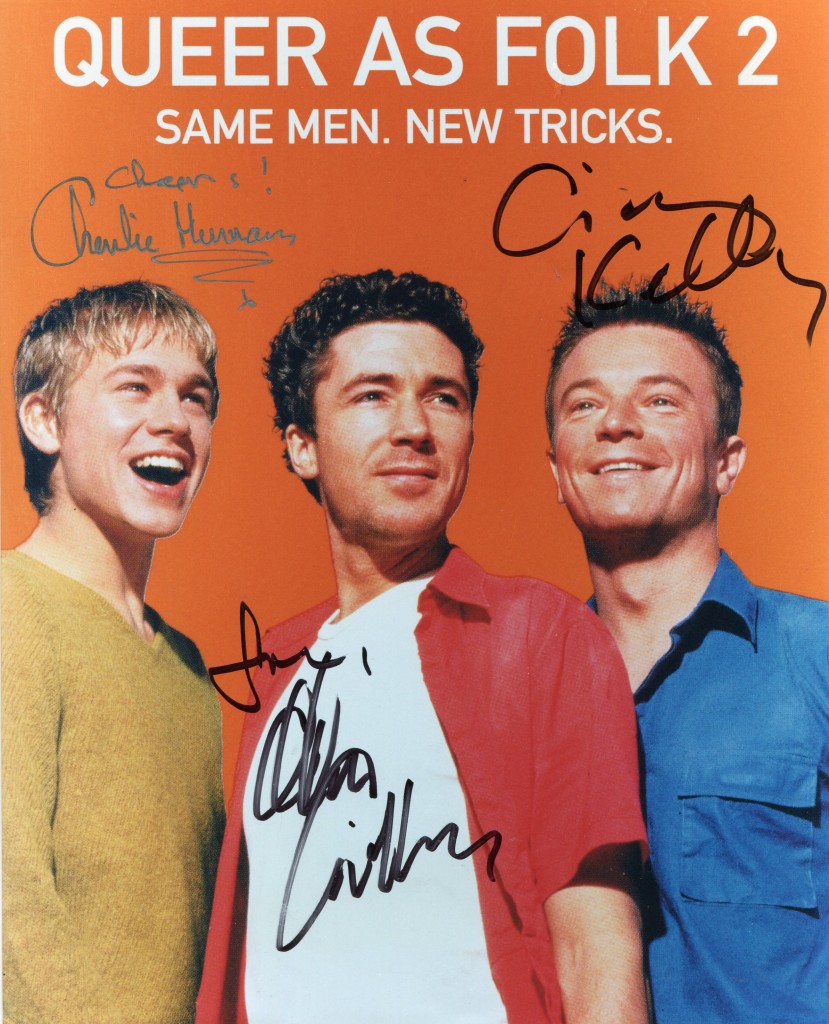

Brittish Actors
Craig Kelly is best known for two television series “Queer As Folk” and “Coronation Street”. He was born in 1970 in Lythams St Annes. His films include “When Saturday Comes” and “Titanic”.

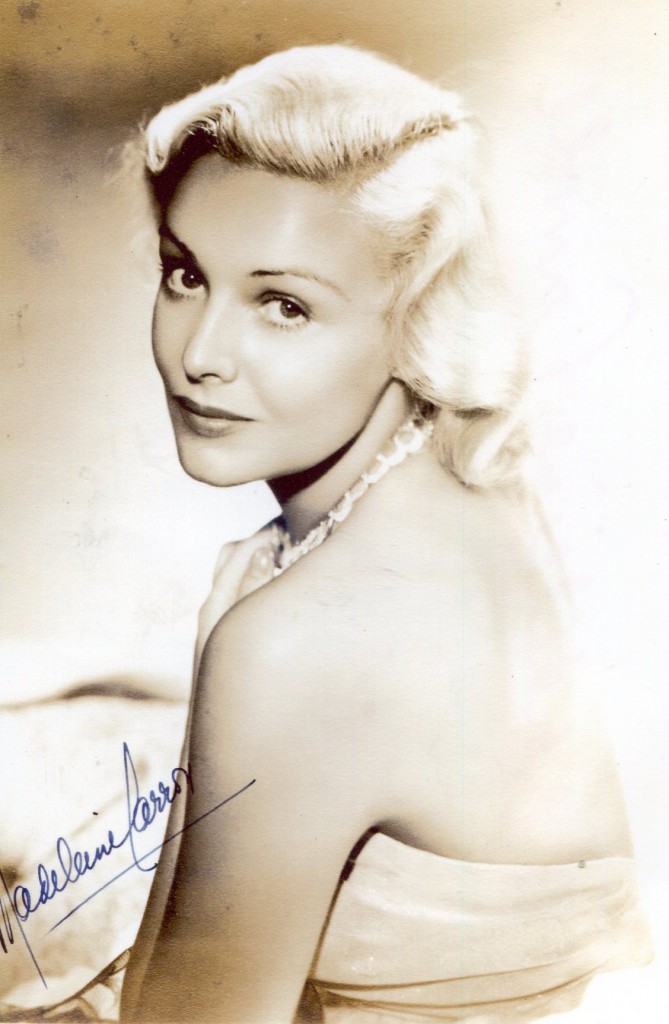
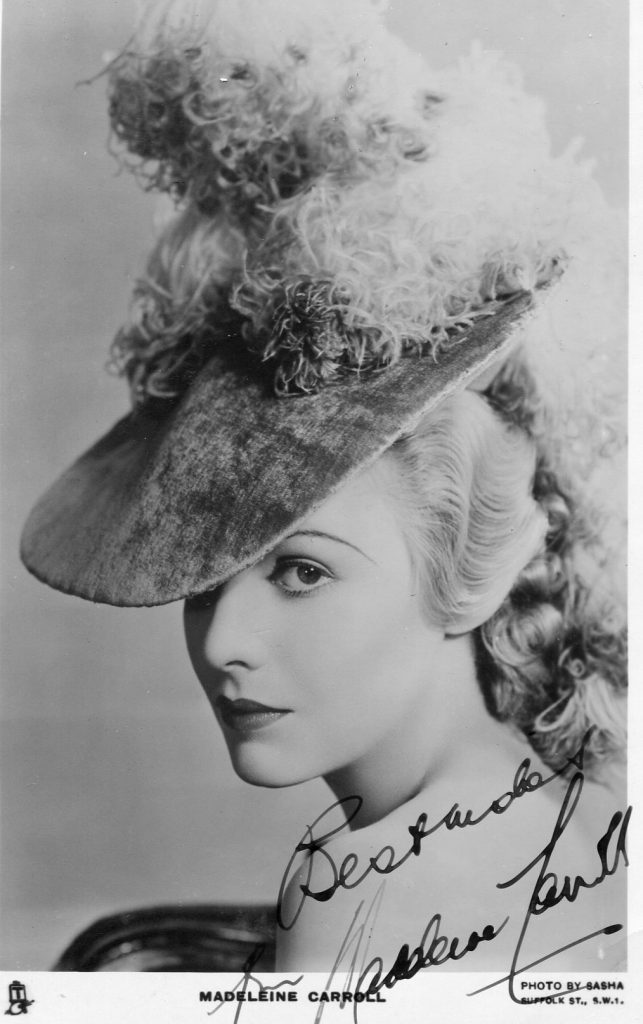

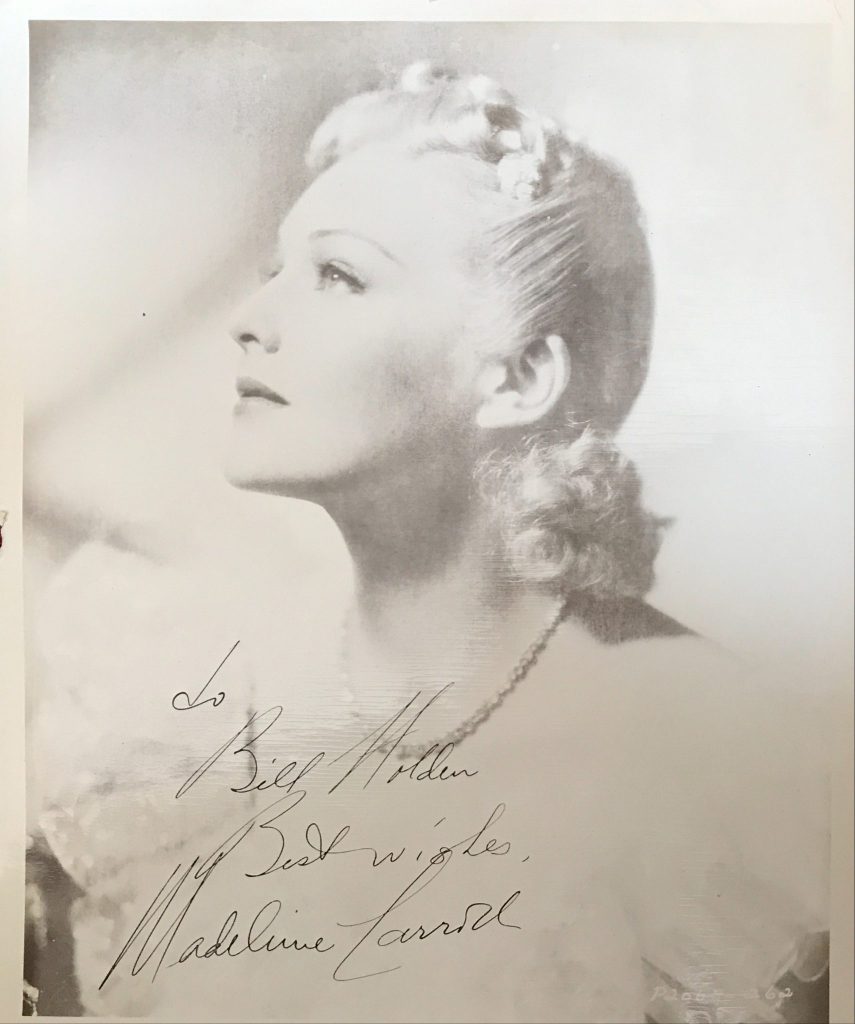

Madeleine Carroll was born in 1906 and was an English actress, popular both in Britain and America in the 1930s and 1940s. At the peak of her success she was the highest-paid actress in the world, earning $250,000 in 1938.
Carroll is remembered for her role in Alfred Hitchcock‘s The 39 Steps (1935). She is also noted for abandoning her acting career after the death of her sister Marguerite in the London Blitz, to devote herself to helping wounded servicemen and children displaced and maimed by the war.
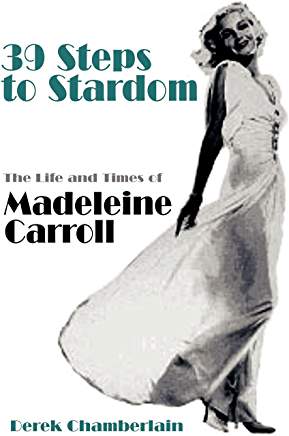
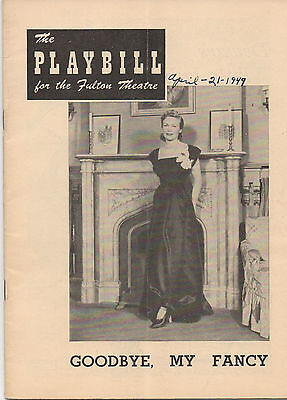

Carroll was born at 32 Herbert Street (now number 44) in West Bromwich, Staffordshire, daughter of John Carroll, an Irish professor of languages from County Limerick, and Helene, his French wife. She graduated from the University of Birmingham, with a B.A. degree; while at university she appeared in some productions for the Birmingham University Dramatic Society. She was a French mistress at a girls’ school in Brighton for a year.
Carroll wanted to act and left teaching to look for roles. She got a job in the touring company of Seymour Hicks.
She made her stage debut with a touring company in The Lash. Widely recognised as one of the most beautiful women in films (she won a film beauty competition to start herself off in the business), Carroll’s aristocratic blonde allure and sophisticated style were first glimpsed by film audiences in The Guns of Loos in 1928.
Carroll had the lead in her second film, What Money Can Buy (1928) with Humberston Wright. She followed it with The First Born (1928) with Miles Mander, which really established her in films.
Carroll went to France to make Not So Stupid (1928). Back in Britain she starred in The Crooked Billet (1929) and The American Prisoner (1929), both shot in silent and sound versions.
Carroll was in Atlantic (1930), then co-starred with Brian Aherne in The W Plan (1930). In France she was in Instinct (1930).


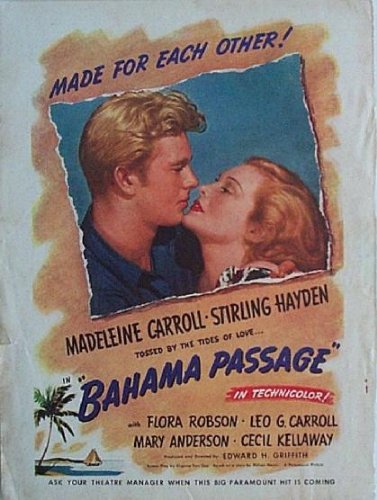

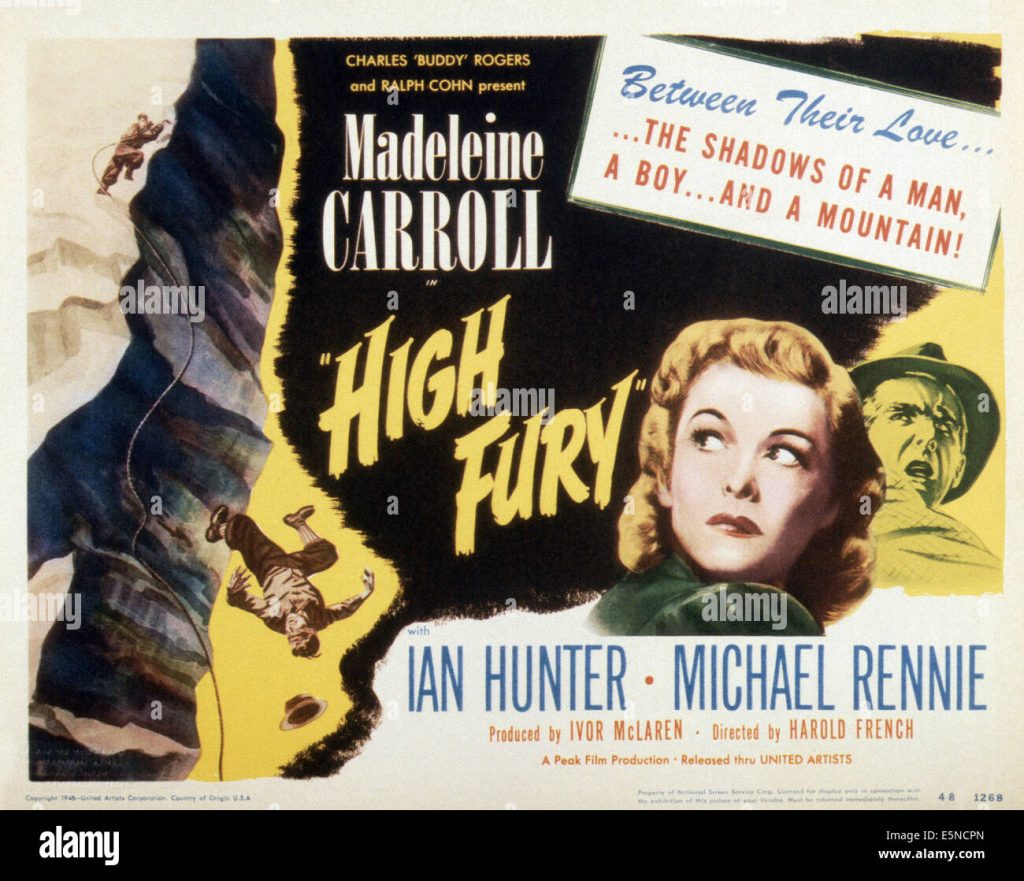
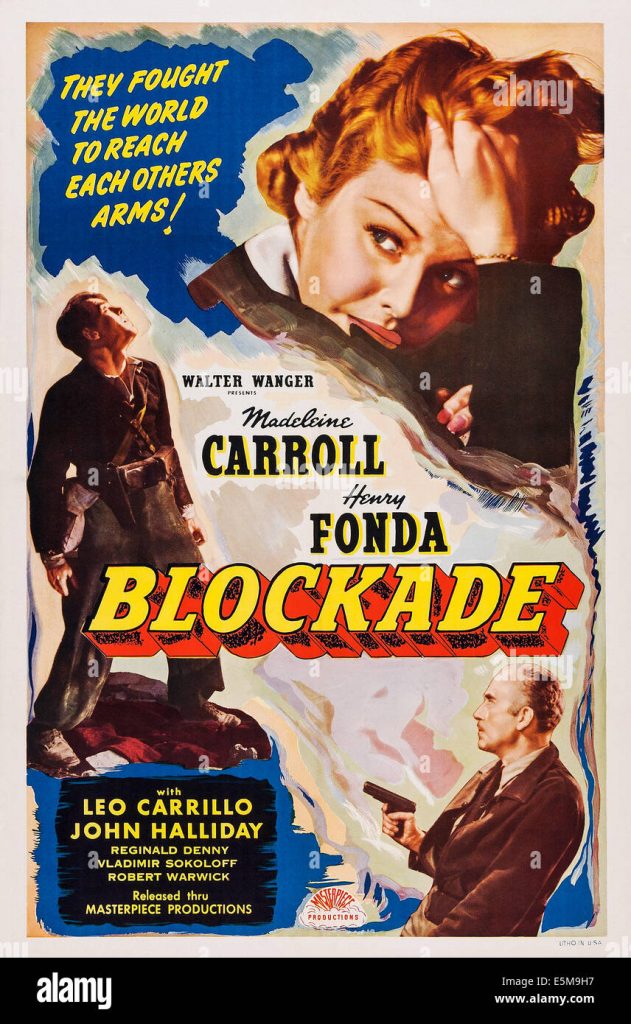
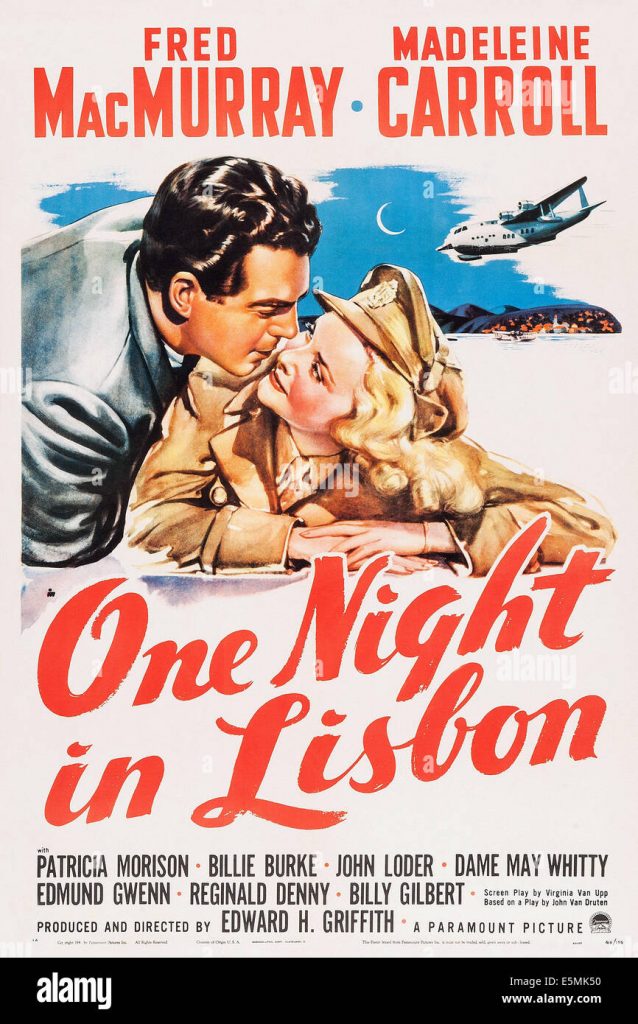
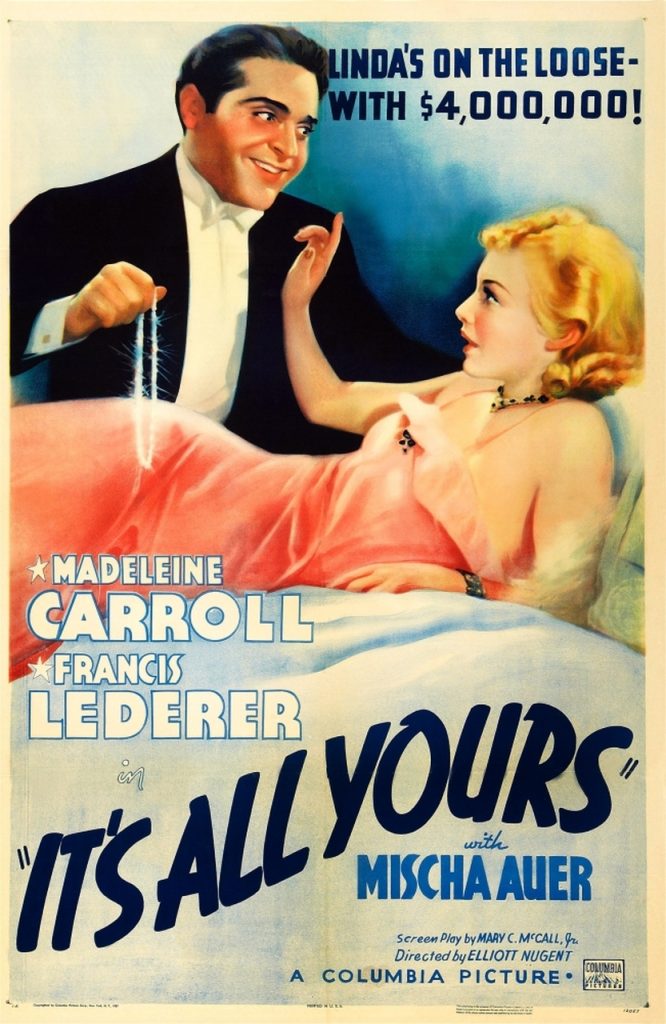




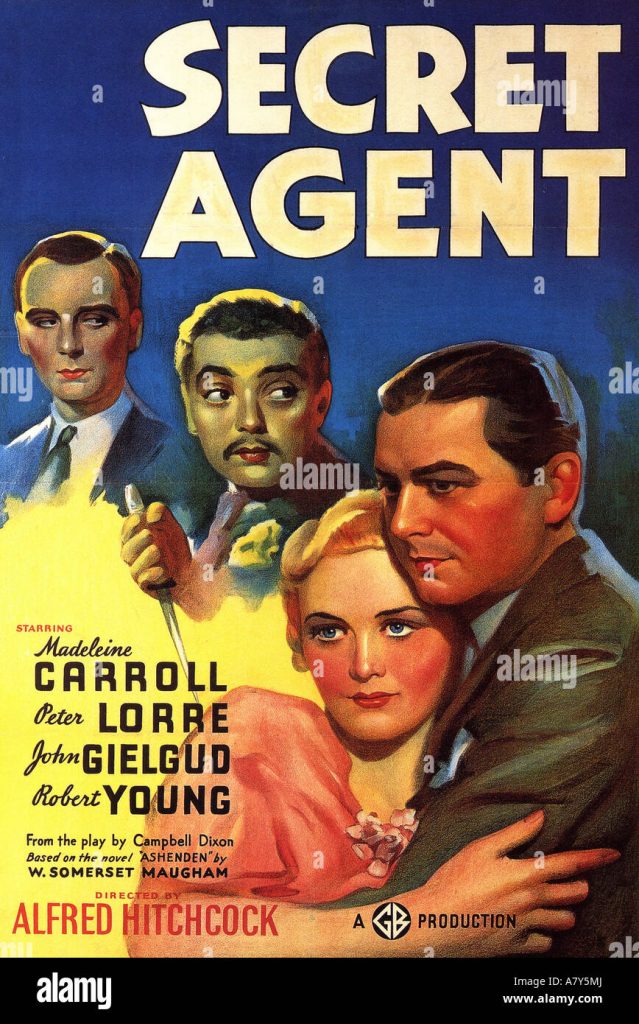
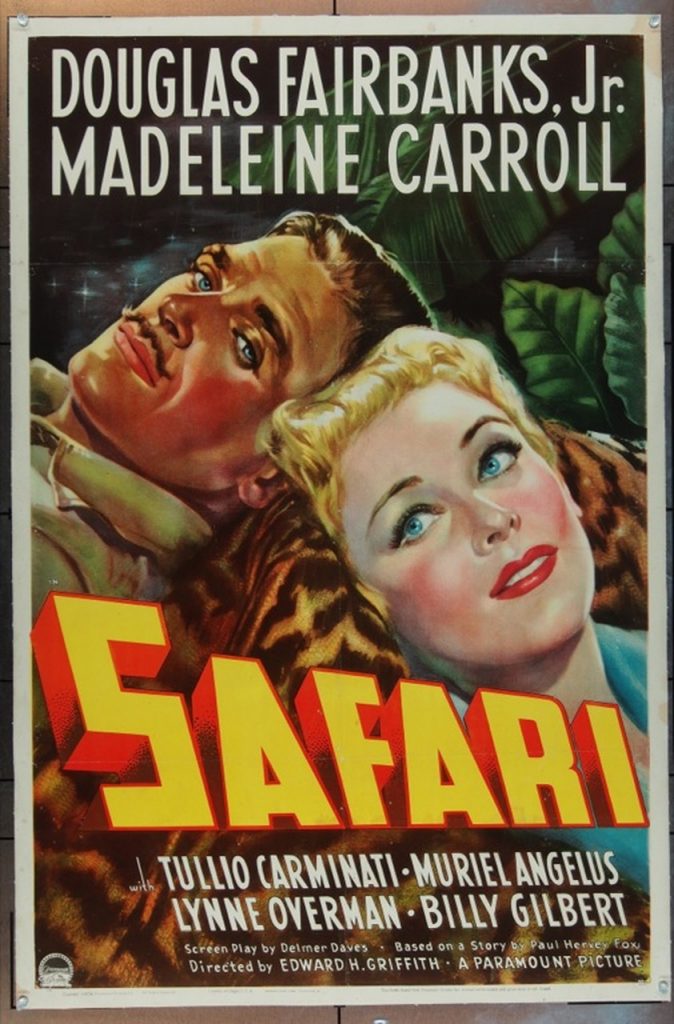

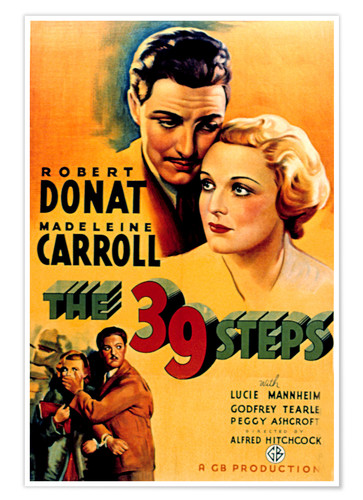
On stage, Carroll appeared in The Roof (1929) for Basil Dean,[8] The Constant Nymph, Mr Pickwick (opposite Charles Laughton) and an adaptation of Beau Geste.
Carroll starred in the controversial Young Woodley (1930), then a farce, French Leave (1930). She had a support role in an early adaptation of Escape (1930) and was the female lead in The School for Scandal (1930) and Kissing Cup’s Race (1930).
Carroll was a French aristocrat in Madame Guillotine (1931) with Aherne, then did another with Mander, Fascination (1931). She was in The Written Law (1931), then signed a contract with Gaumont British for whom she made Sleeping Car (1932) with Ivor Novello.
Carroll had a big hit with I Was a Spy (1933), which won her an award as best actress of the year. It was directed by Victor Saville.
She played the title role in the play Little Catherine. Abruptly, she announced plans to retire from films to devote herself to a private life with her husband, the first of four.
Carroll went to Hollywood to appear in The World Moves On (1934) for Fox; John Ford directed and Franchot Tone co starred. Back in England she was in The Dictator (1935) for Saville, playing Caroline Matilda of Great Britain.
Carroll attracted the attention of Alfred Hitchcock and in 1935 starred as one of the director’s earliest prototypical cool, glib, intelligent blondes in The 39 Steps. Based on the espionage novel by John Buchan, the film became a sensation and with it so did Carroll. Cited by The New York Times for a performance that was “charming and skillful”, Carroll became very much in demand. The success of the film made Hitchcock a star in Britain and the US, and established the quintessential English ‘Hitchcock blonde’ Carroll as the template for his succession of ice cold and elegant leading ladies.[13] Of Hitchcock heroines as exemplified by Carroll film critic Roger Ebert wrote:
The director wanted to re-team Carroll with her 39 Steps co-star Robert Donat the following year in Secret Agent, a spy thriller based on a work by W. Somerset Maugham. However, Donat’s recurring health problems intervened, resulting in a Carroll–John Gielgud pairing. In between the films she made a short drama The Story of Papworth (1935).
Ronald Colman and Madeleine Carroll in The Prisoner of Zenda, 1937
Poised for international stardom, Carroll was the first British beauty to be offered a major American film contract. She accepted a lucrative deal with Paramount Pictures and was cast opposite George Brent in The Case Against Mrs. Ames (1936).
Carroll followed this with The General Died at Dawn (1936).
She was borrowed by 20th Century Fox to play the female lead in Lloyd’s of London (1937) which made a star of Tyrone Power. She stayed at the studio to make On the Avenue (1937), a musical with Dick Powell and Alice Faye.
Carroll went to Columbia for It’s All Yours (1937) then was cast by David O. Selznick as Ronald Colman‘s love interest in the 1937 box-office success The Prisoner of Zenda.
Walter Wanger put her in Blockade (1938) with Henry Fonda, about the Spanish Civil War. Back at Paramount she made some comedies with Fred MacMurray, Cafe Society (1939) and Honeymoon in Bali (1939). Edward Small gave her top billing in My Son, My Son! (1940) with Aherne.
Carroll was in Safari (1940) then played against Cooper again in North West Mounted Police (1940), directed by Cecil B. DeMille.

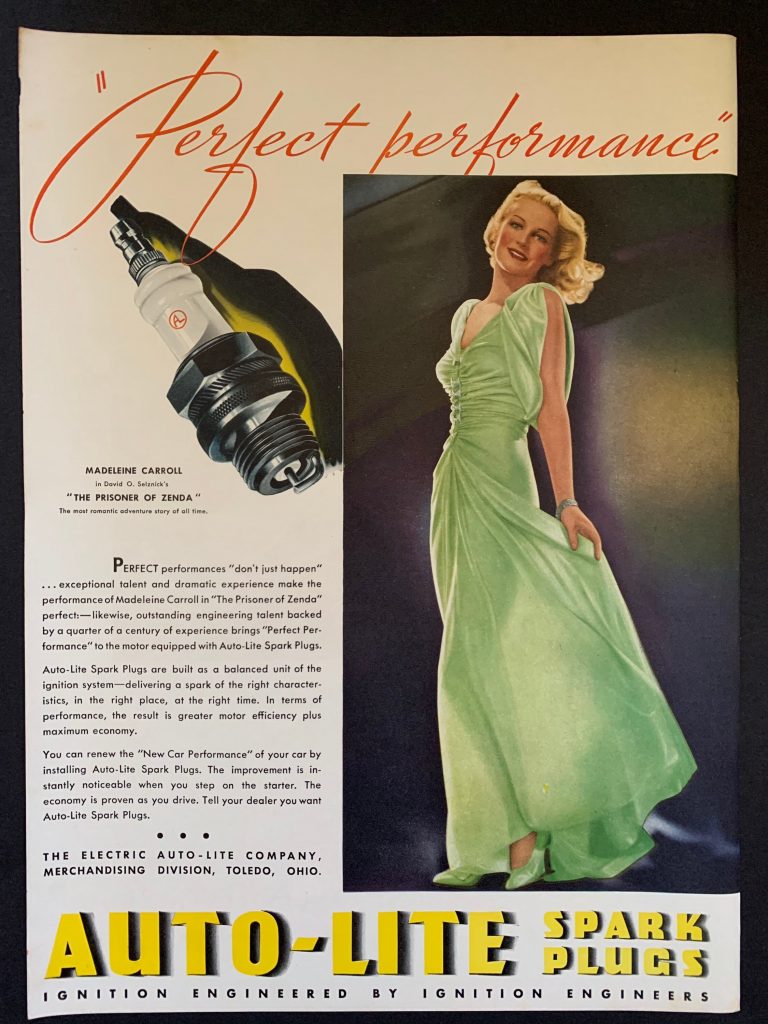
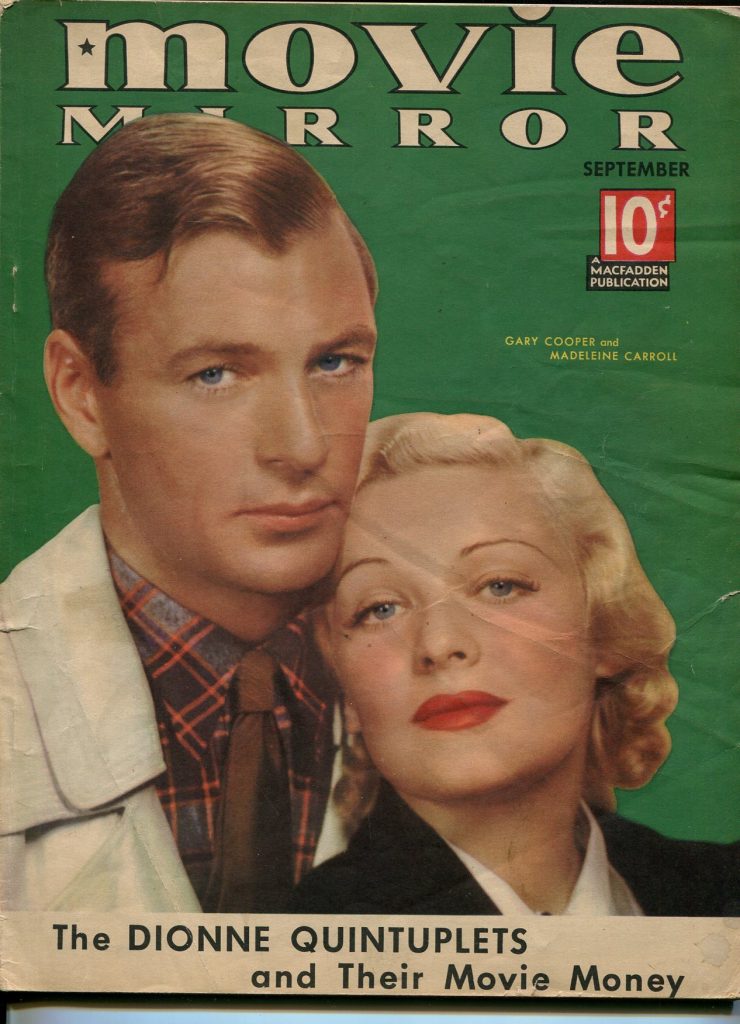
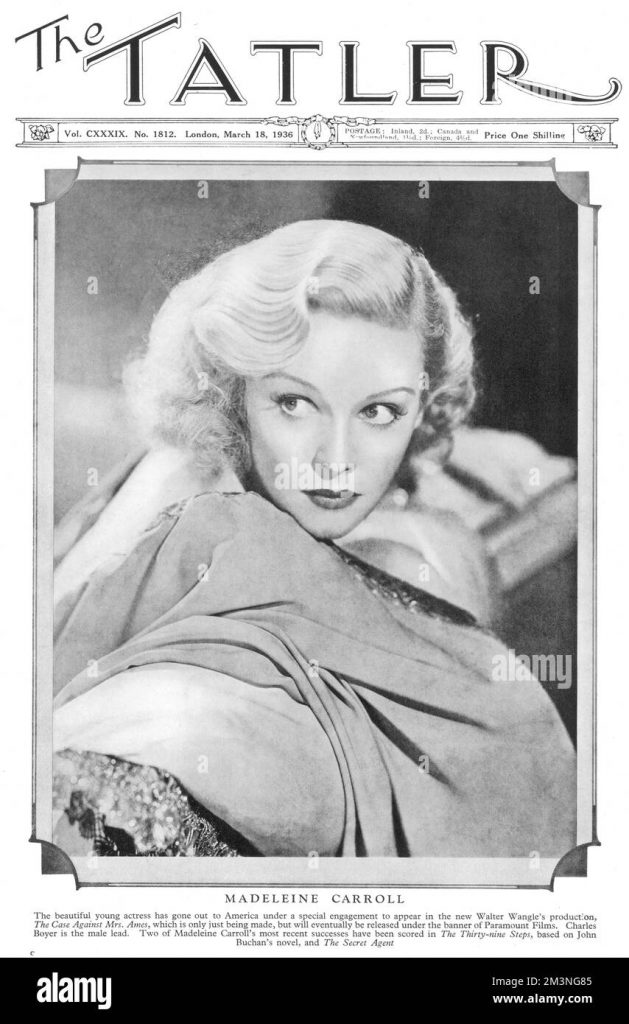
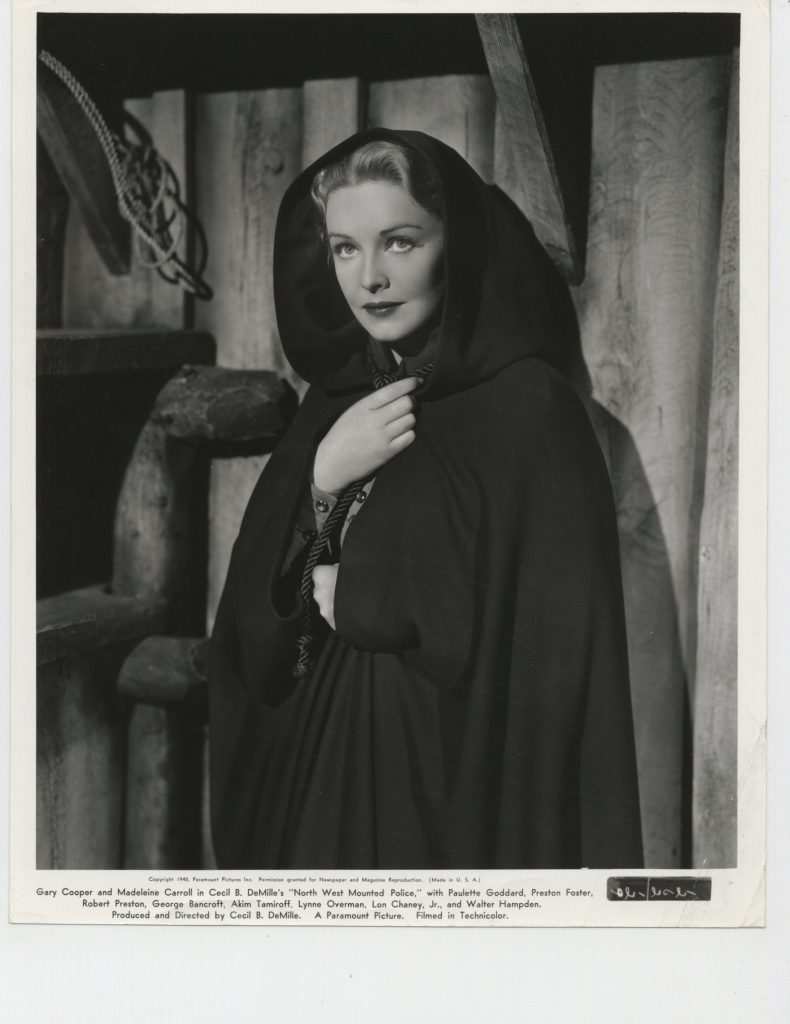
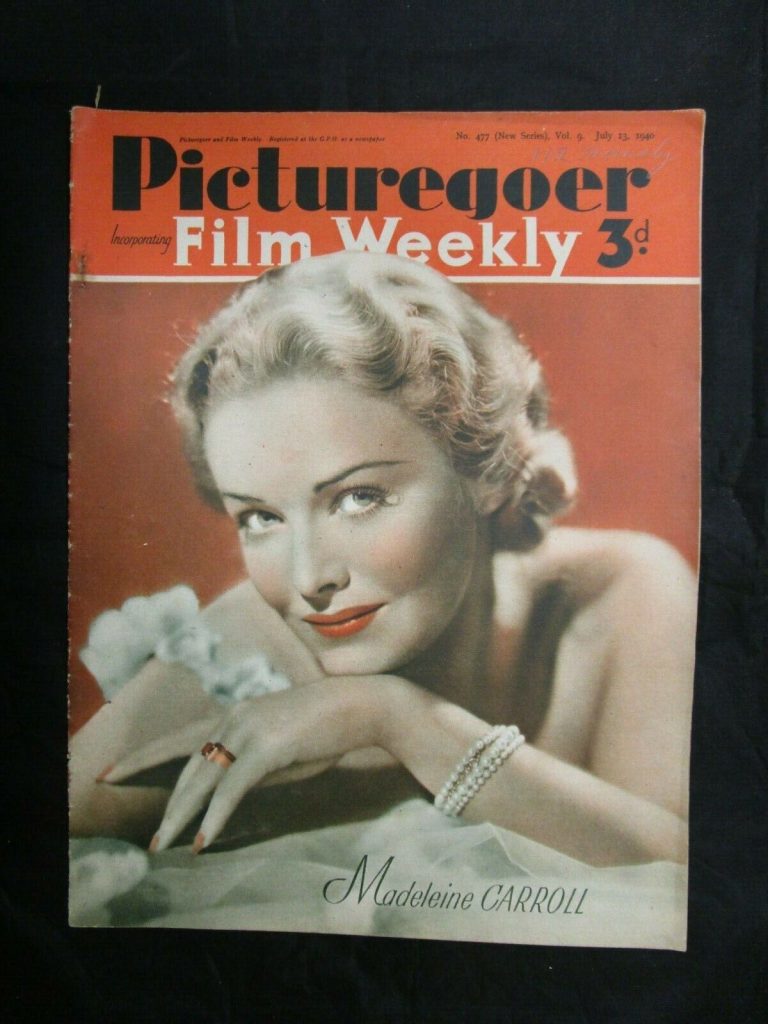




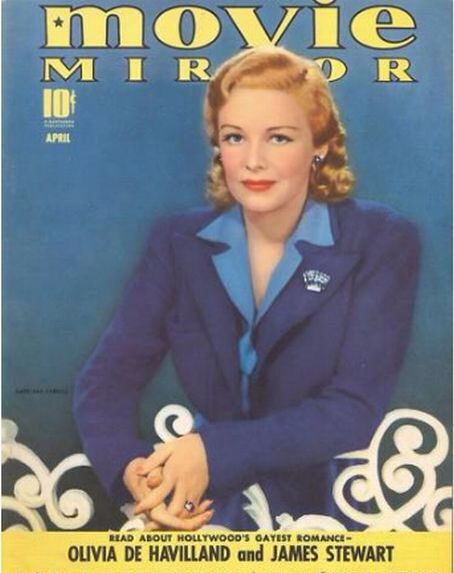
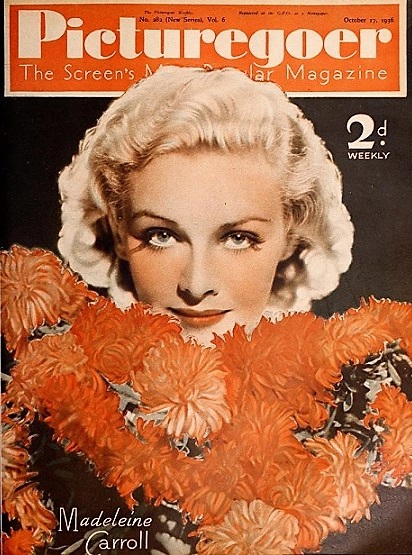
Paramount put her opposite MacMurray in Virginia (1941) and One Night in Lisbon (1941). Virginia also starred Sterling Hayden who was reteamed with Carroll in Bahama Passage (1941). Carroll was Bob Hope‘s love interest in My Favorite Blonde (1942).
On radio, Carroll was a participant in The Circle (1939) on NBC, discussing “current events, literature and drama” each week. In 1944, she was the host of This Is the Story, an anthology series dramatising famous novels on the Mutual Broadcasting System. At the tail end of radio’s golden age, Carroll starred in the NBC soap opera The Affairs of Dr. Gentry (1957-59). She also was one of a group of four stars who rotated in taking the lead in each week’s episode of The NBC Radio Theater (1959).
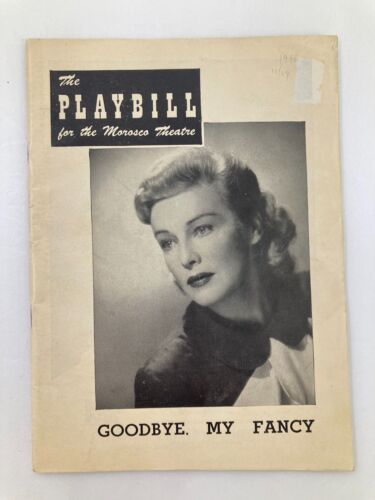

Carroll returned to Britain after the war. She was in White Cradle Inn (1947). She went back to the US and was reunited with MacMurray for An Innocent Affair (1948). Her last film was The Fan (1949).
For her contributions to the film industry, Carroll was inducted into the Hollywood Walk of Fame in 1960 with a motion pictures starlocated at 6707 Hollywood Boulevard.
A commemorative monument and plaques were unveiled in her birthplace, West Bromwich, to mark the centenary of her birth. Her story is one of rare courage and dedication when at the height of her success she gave up her acting career during World War II to work in the line of fire on troop trains for the Red Cross in Italy after her sister was killed by a German air raid – for which she was awarded the American Medal of Freedom. She was also awarded the Legion of Honour by France for her tireless work in fostering relations postwar amity between France and the United States.
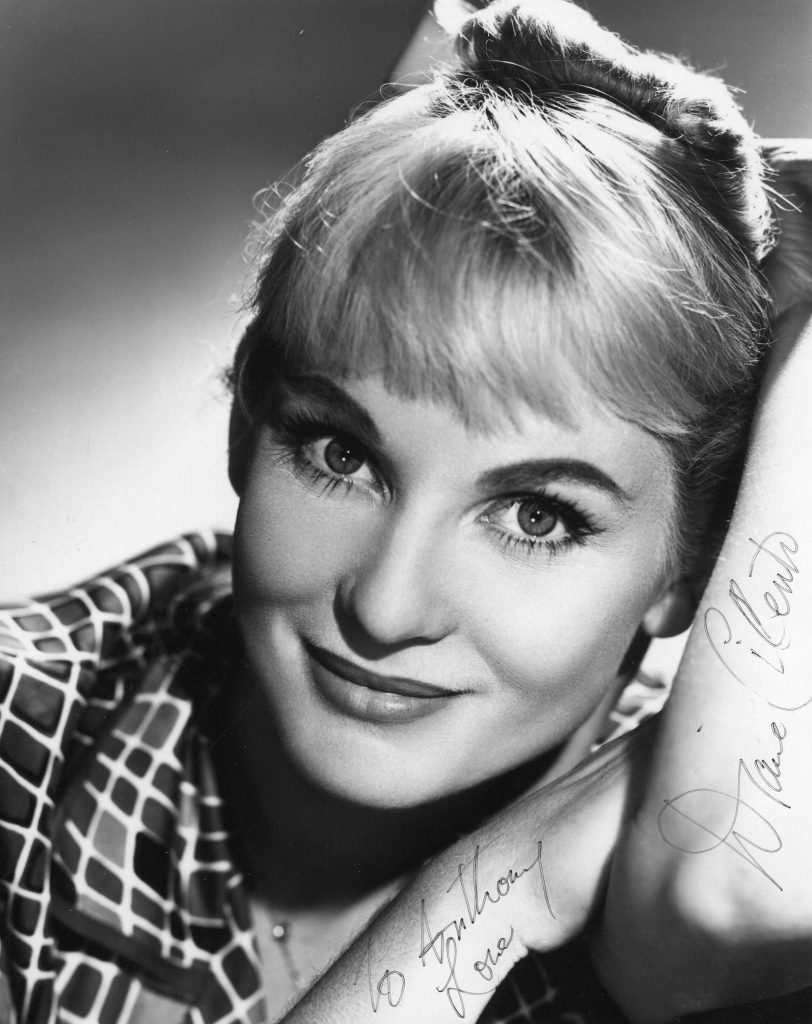
Diane Cilento was born in 1933 in Queensland, Australia. Her parents were both distinguished medical doctors. She trained for the theatre in New York but made her acting career breakthrough in the U.K. Her first major film was “Passage Home” in 1955 with Peter Finch and Michael Craig. She was nominated for an Oscar for her performance in “Tom Jones” with Albert Finney. In the U.S. she made “Hombre” with Paul Newman. Diane Cilento returned back living in Australia, where she died in 2012. Jason Connery is her son from her marriage to Sean Connery.
Ronald Bergan’s obituary of Diane Cilento in “The Guardian”:
Such is the superficial nature of fame that the Australian-born actor Diane Cilento, who has died of cancer aged 78, was best remembered as the wife of Sean Connery from 1962 to 1973, during the height of his fame as James Bond. The attractive, blonde, husky-voiced Cilento would be more fittingly recalled for her roles in a dozen or so British films in the 1950s and 60s, to which she brought a dose of much-needed sexuality. However, her best-known part was in the cultish The Wicker Man (1973), her last British picture before returning to her homeland.
Born in Brisbane, she was the daughter of Sir Raphael and Lady Phyllis Cilento, both physicians. Much to their initial disappointment, Diane decided against following them into the medical profession. After winning a scholarship to the Royal Academy of Dramatic Art, London, at the age of 17, she started to get film, theatre and television parts.
Cilento disliked the majority of her early films, which were quite anaemic, apart from the passion she injected into her roles, something she put down to her Italian ancestry. Her first leading part was in Roy Ward Baker’s murky J Arthur Rank drama Passage Home (1955), as the only woman on a cargo ship from South America to London. Her sultry presence naturally gets the crew all steamed up, especially the captain Peter Finch and first mate Anthony Steele. She again causes sexual tension in The Woman for Joe (also 1955), this time between a fairground owner (George Baker) and a dwarf working as one of his attractions. In the same year, Cilento married an Italian aristocrat, Andrea Volpe, with whom she had a daughter, Giovanna.
Her allure was almost enough to sustain the whimsical The Angel Who Pawned Her Harp (1956), in which she played the title role – she is sent on a goodwill mission to Earth, landing in the Angel, Islington. Much classier was Lewis Gilbert’s adaptation of the JM Barrie play The Admirable Crichton (1957), in which Cilento is winsome and poignant as the maidservant Eliza Tweeny, in love with the perfect butler (Kenneth More), who takes over his master’s role when his employer’s family are shipwrecked and marooned on a desert island.
It was back to morbid melodramas with The Full Treatment (1960), in which Cilento was the French wife of a disturbed racing driver (Ronald Lewis), and I Thank a Fool (1962), in which she pulls all the stops out as the mentally unstable wife of a barrister. Thankfully, the role of Molly Seagrim came along in Tom Jones (1963), for which she was Oscar-nominated (along with Edith Evans and Joyce Redman in the same picture). Cilento, in a dark wig, exudes vitality as the first of many young women to seduce the young hero, all in the spirit of Tony Richardson’s reduction of Henry Fielding’s great mock heroic “novel of manners” to a bawdy romp.
By now married to Connery – whom she had met in 1957 in an ITV production of Eugene O’Neill’s Anna Christie, and with whom she had a son – Cilento made a brief sortie into Hollywood. It started with Carol Reed’s spectacular but half-baked The Agony and The Ecstasy (1965), in which, as the Countess de Medici, she kept her dignity while encouraging Charlton Heston’s Michelangelo to finish painting the ceiling of the Sistine Chapel. Martin Ritt’s Hombre (1967), a Stagecoach variation, gave Cilento a chance to shine as a widowed landlady in a western opposite Paul Newman as a blue-eyed white man raised by Apaches.
Back in the UK, Cilento made a few more films, culminating in The Wicker Man in 1973, written by Anthony Shaffer, whom she was to marry 12 years later. In this mixture of horror, eroticism and religion, set on a pagan Scottish island, Cilento had fun as the schoolteacher who upsets the repressed religious police sergeant by her teaching her girl pupils about phallic symbols.
After her divorce from Connery, Cilento returned to Australia and retired from cinema, but not acting. She also returned to her first love – the theatre. She had already appeared on Broadway in 1956 as Helen of Troy (for which she won a Tony award) in Tiger at the Gates, Christopher Fry’s adaptation of Jean Giraudoux’s play on the Trojan war. Also on Broadway, she was Ellie Dunn in a revival of George Bernard Shaw’s Heartbreak House (1959-60), and in The Good Soup (1960), an adaptation from Félicien Marceau’s play.
Cilento had also been busy in the London theatre in the 1950s and 60s. Roles in The Changeling, The Big Knife, Miss Julie (perfect in the title role at the Lyric Hammersmith) and other plays at the Royal Court all gave her more satisfaction than her films.
In the 1980s, she settled in Mossman, Queensland, where she built her own outdoor amphitheatre called the Karnak Playhouse in the rainforest. She made one last film in Australia, the rather feeble The Boy Who Had Everything (1985), playing the mother of her real-life son, Jason Connery.
Shaffer died in 2001. Cilento is survived by her two children.
• Diane Cilento, actor, born 5 October 1933; died 6 October 2011
The above “Guardian” obituary can also be accessed online here.
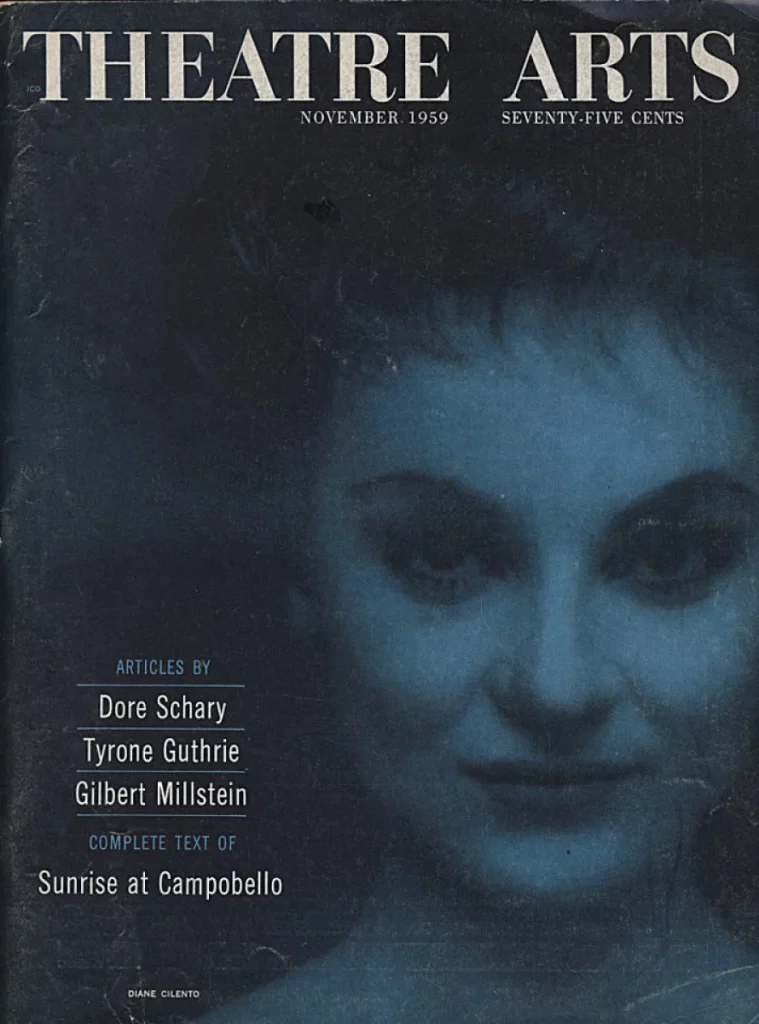
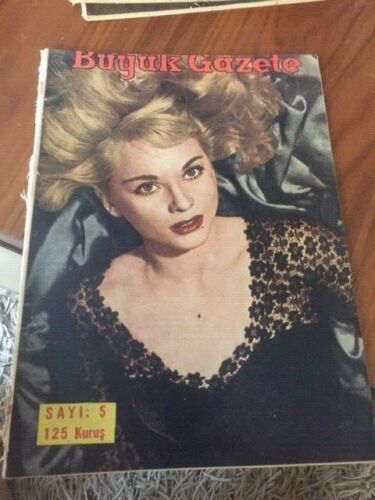
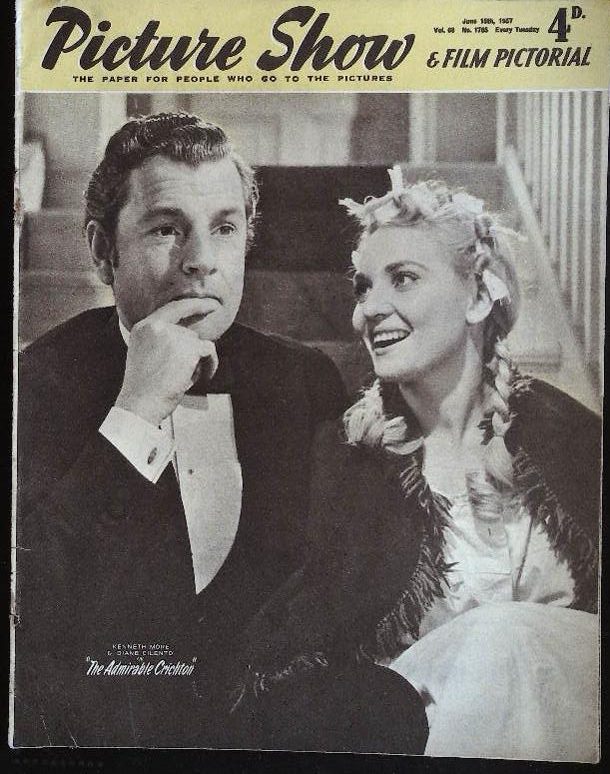
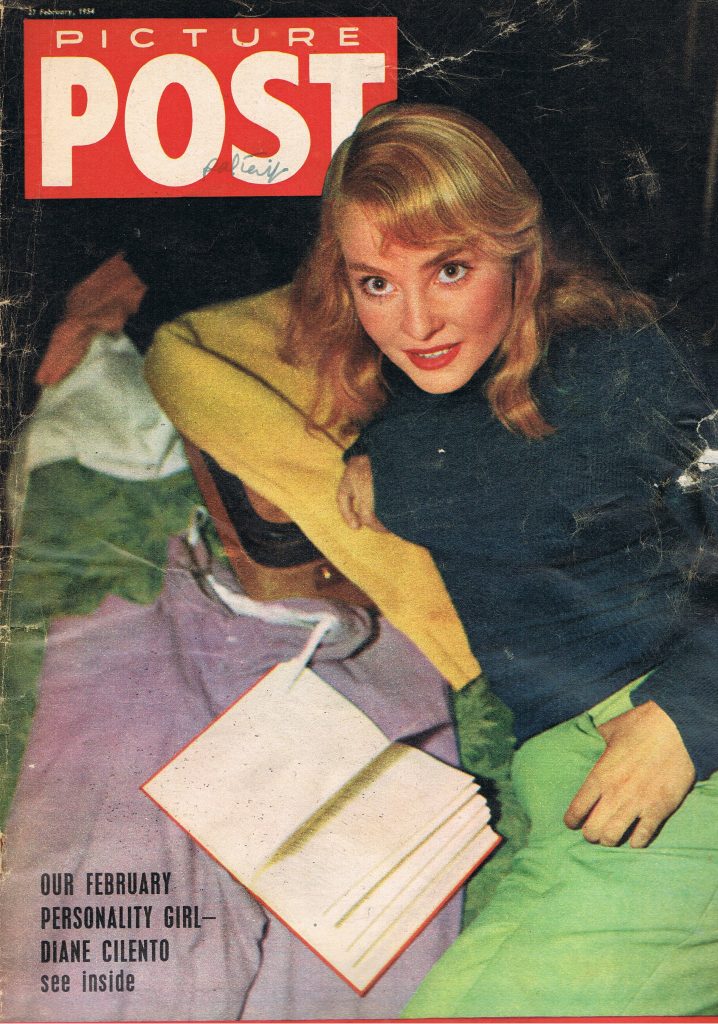
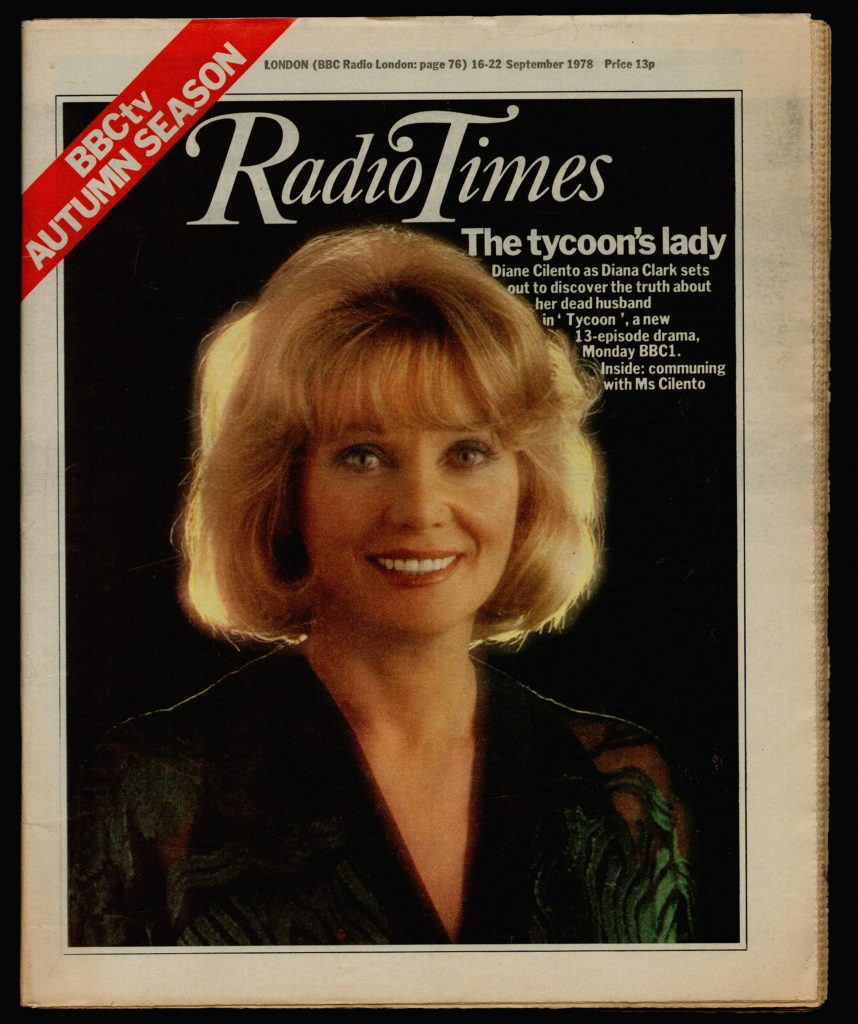
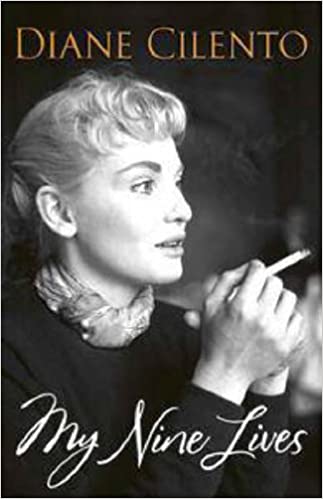


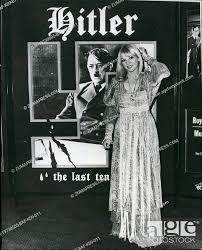
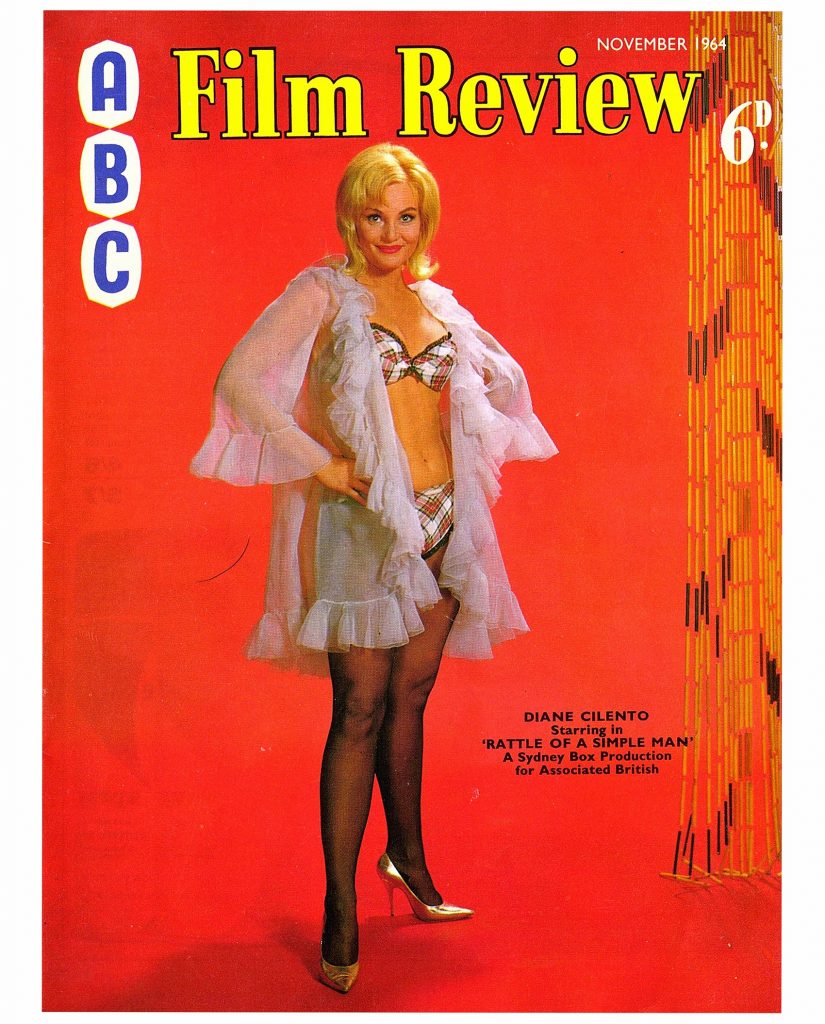
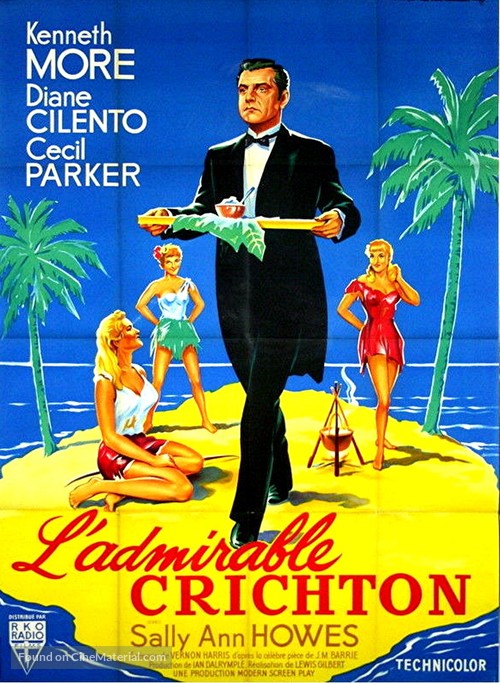
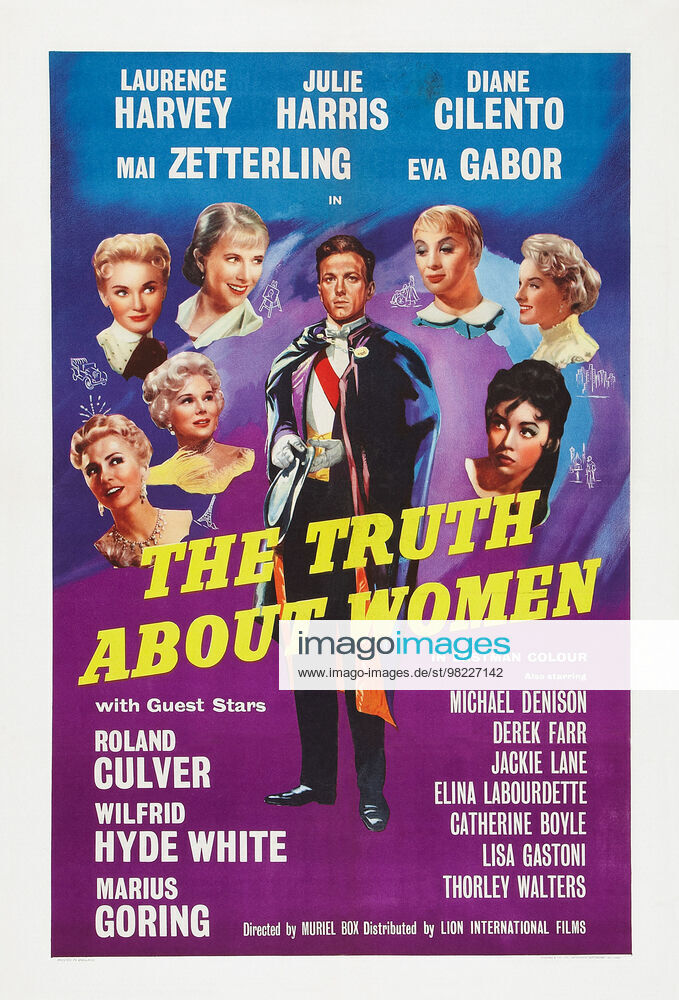
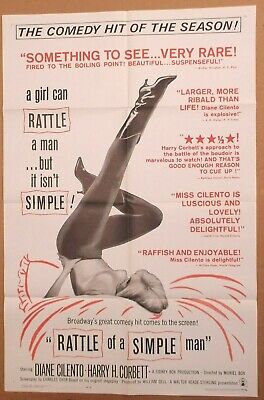
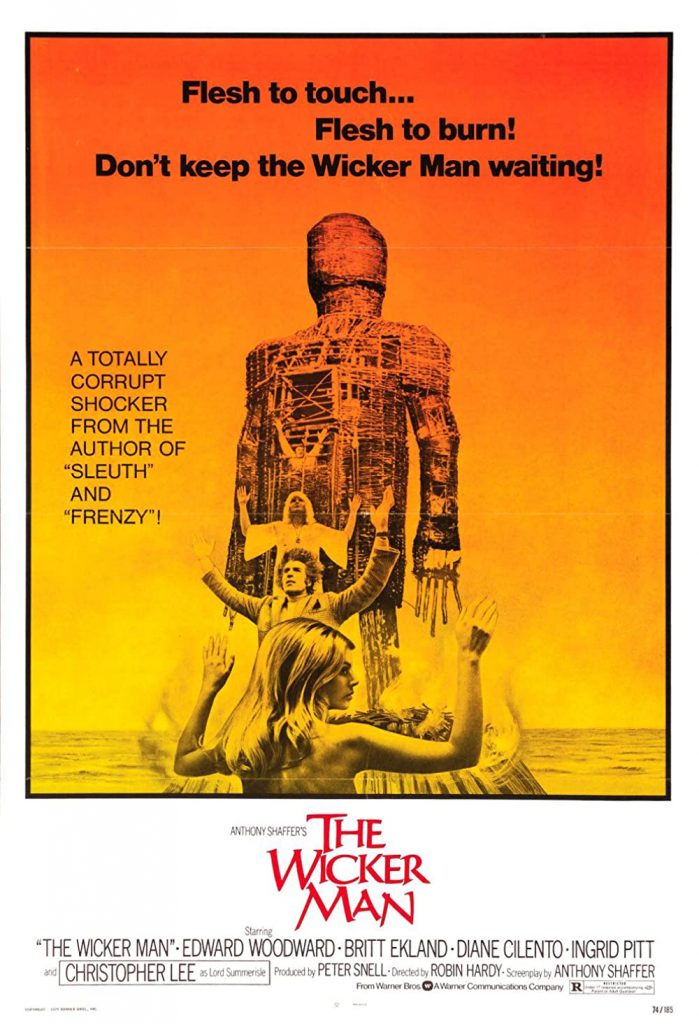

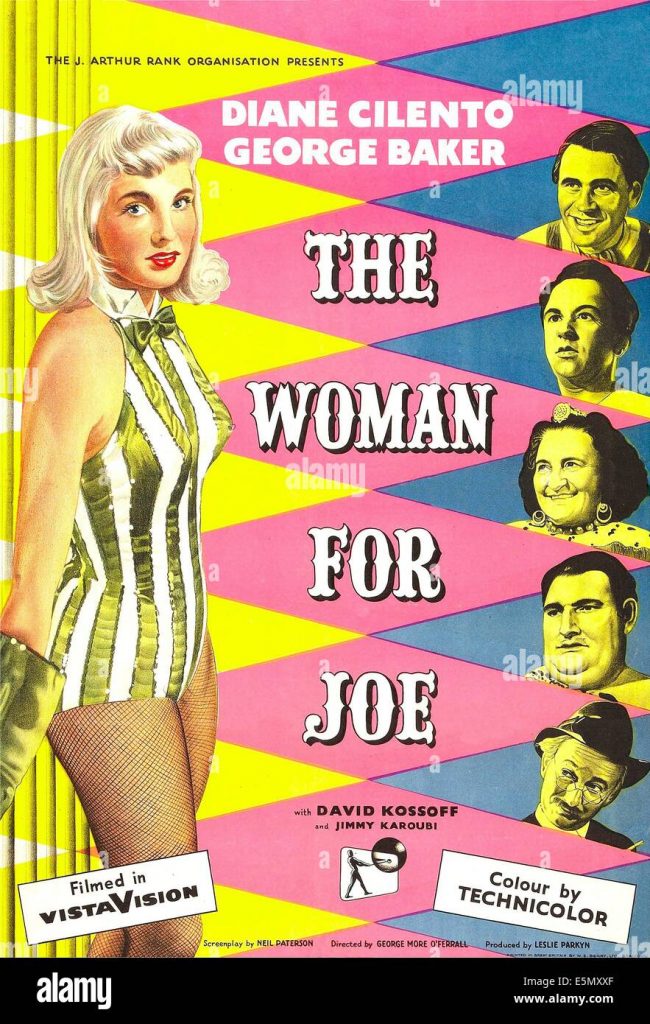



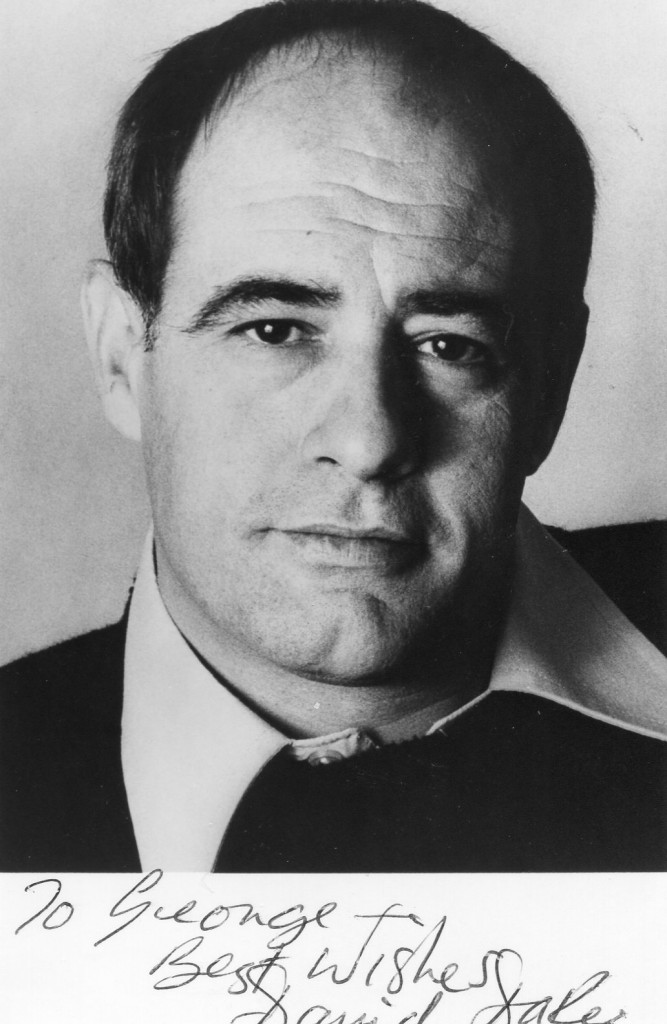
David Daker was born in 1937 in the West Midlands. He is perhaps best known for his role of Harry Crawford in the popular television series “Boon” which ran from 1986 until 1995. His films include “O Lucky Man”in 1973 , “I Bought A Vampire Motorcycle”, “Stardust” and “Aces High”. Link to British Film Forum thread on David Daker here.







Daphne Anderson was born in 1922 in London. Her film debut came with “Trottie True” in 1949 which starred Jean Kent. Ms Anderson’s films include “Hobson’s Choice”, “A Kid for Two Farthings”, “The Prince and Showgirl” with Laurence Oliver and Marilyn Monroe and “No Time for Tears” with Anna Neagle. In 1965 she starred with John Gregson in the popular television series “Gideon’s Way”. She died in 2012.
Her obituary in “The Stage”:
Having taken dancing classes, she made her professional debut as a member of the chorus in Cinderella at the Richmond Theatre in 1937-38. Later in 1938, she appeared at the Windmill Theatre in Revudeville, the non-stop variety show that featured tableaux of nude young women whom the law prevented from moving while on stage.
Her first substantial role was Dora in a tour of the Gershwins’ musical Funny Face. During the Second World War, she worked for the Entertainment National Services Association, the organisation set up to entertain the troops. Towards the end of the war, she began a long association with the Players Theatre, the ersatz music hall club underneath Charing Cross station.
In 1943, she appeared in a musical adaptation of Alice in Wonderland, playing both Father William and the walrus at the old Scala Theatre. Two years later, she was in a rather more upmarket revue than Revudeville – Noel Coward’s Sigh No More at the Piccadilly, in which she played the clairvoyant, Madame Arcati, in the Blithe Spirit Ballet.
Coward was evidently sufficiently impressed with her to give her a small part in Pacific 1860, his musical about a British colony set in Victorian times, at Drury Lane (1946-47).
After a revue at Bolton’s, a small theatre club in South Kensington, she returned to the West End to appear in a long forgotten Eric Maschwitz musical, Belinda Fair (1949). More work at the Players and another small theatre club, the Watergate, followed. She then landed the best role of her career, playing Polly Peachum in the Brecht/Weill musical, The Threepenny Opera (1956), at the Royal Court. The Stage commended her for exhibiting “the right blend of coarseness and charm”.
Her cinema career, which began in 1949, included three films of note – The Beggar’s Opera (1953), Hobson’s Choice (1954) and A Kid for Two Farthings (1955).
Daphne Anderson, who was born Daphne Scrutton on April 27, 1922, died on January 15, aged 90.
“The Stage” obituary can also be accessed online here.
To her family’s chagrin, she left Trinity to join the Gate Theatre, where she worked with Hilton Edwards and Micheál Mac Liammóir. She was also a member of the original Radio Éireann players.
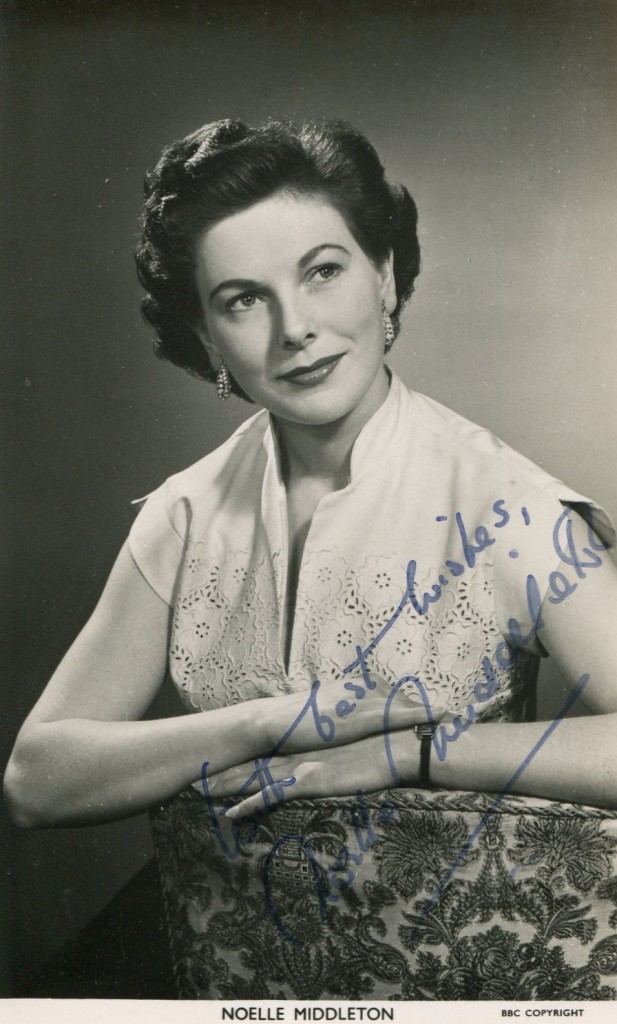

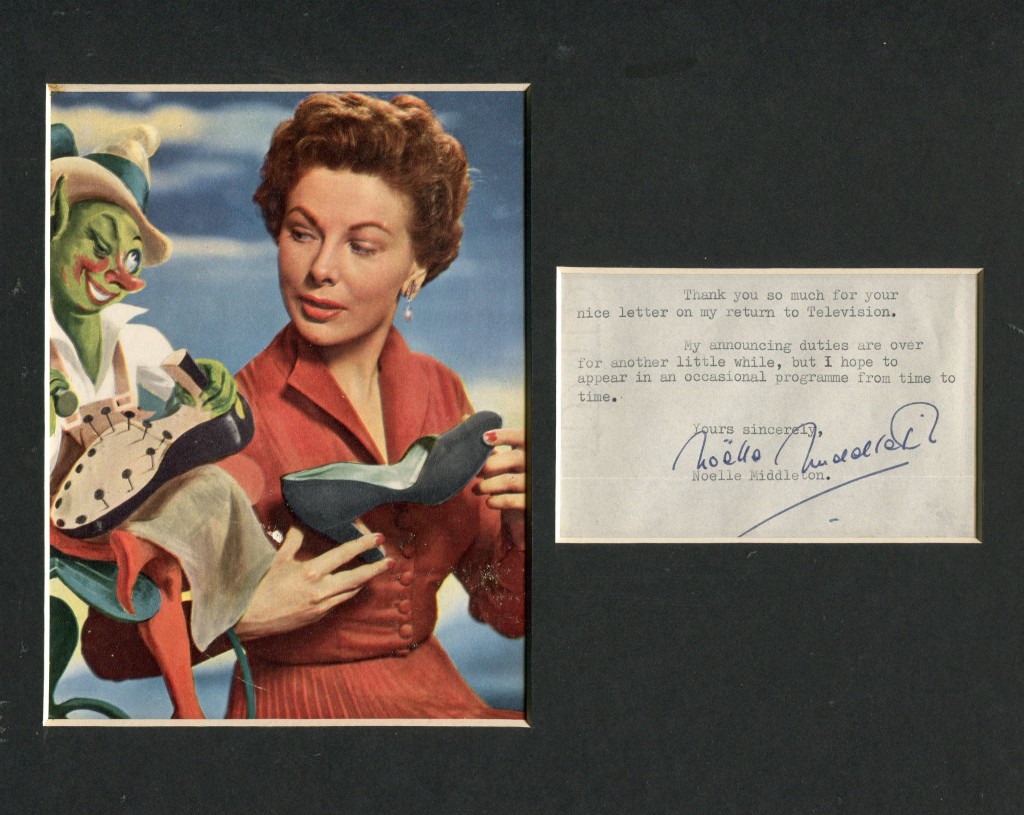
Noelle Middleton, who has died aged 89, was a well-known Irish actor and BBC presenter in London in the 1950s who returned to her native Sligo in the 1970s and to a very different career as an oyster farmer.
A spartan 19th century boathouse in Culleenamore in the foothills of Knocknarea inherited from her father became her home, and from it she supplied many local restaurants from carefully tended beds in Ballisodare Bay. “I learned about oysters just like I learned about acting,” she once said. “I just did it.”
The only daughter of Wilbur Middleton, a wealthy mill owner (whose family was related to the Yeatses) and his wife, Lillian Martin, Evelyn Noelle Middleton was born in Sligo in 1926 and educated at Hillcourt School – now Rathdown – and at Trinity College Dublin, where she read modern languages and was a member of the dramatic society.
In the early 1950s she moved to London and developed a successful career in film, as well as being one of the first BBC television announcers. Her films included Happy Ever After and Three Men in a Boat, while her role as Capt Alison Graham in Carrington VC, in which she co-starred with David Nivenand Margaret Leighton, won her a nomination for the British Film Academyawards in 1954.
She also starred in The Iron Petticoat with Bob Hope and Katharine Hepburn and in John and Julie with Peter Sellers and Sidney James. In the mid-1970s, after her divorce from her husband, Keith Woodeson, a Madison Avenue executive, she divided her time between London and Sligo. Her last screen appearance was in 1988 in a short period drama filmed for RTÉ called Rose Dear. A perfectionist, proud and stubborn but kind and with a keen sense of humour, she was intensely private and reclusive. She didn’t encourage friendship, but was besotted by cats and crazy about the hundreds of seals that snaked across the long sandbanks in the bay. She was a vegetarian, but admitted to treating herself to a dozen oysters “now and again”.
She is survived by her brother, Gerald Middleton, and his wife, Zoe, in Sydney, Australia, and by her cousin Ian Doyle of Sligo.

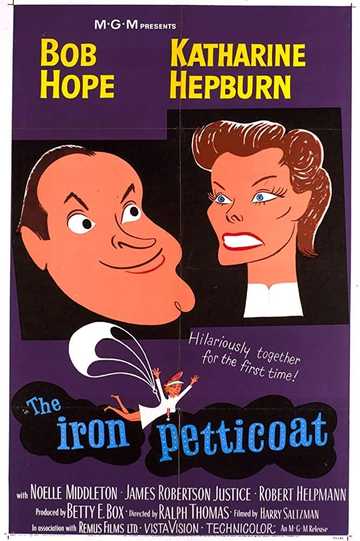
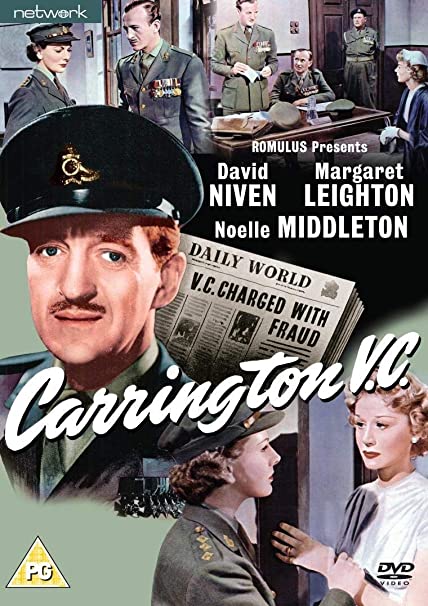

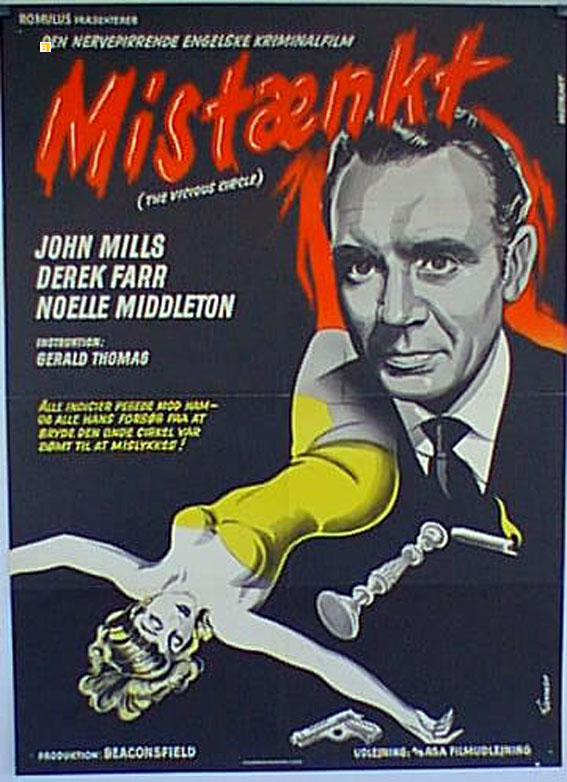

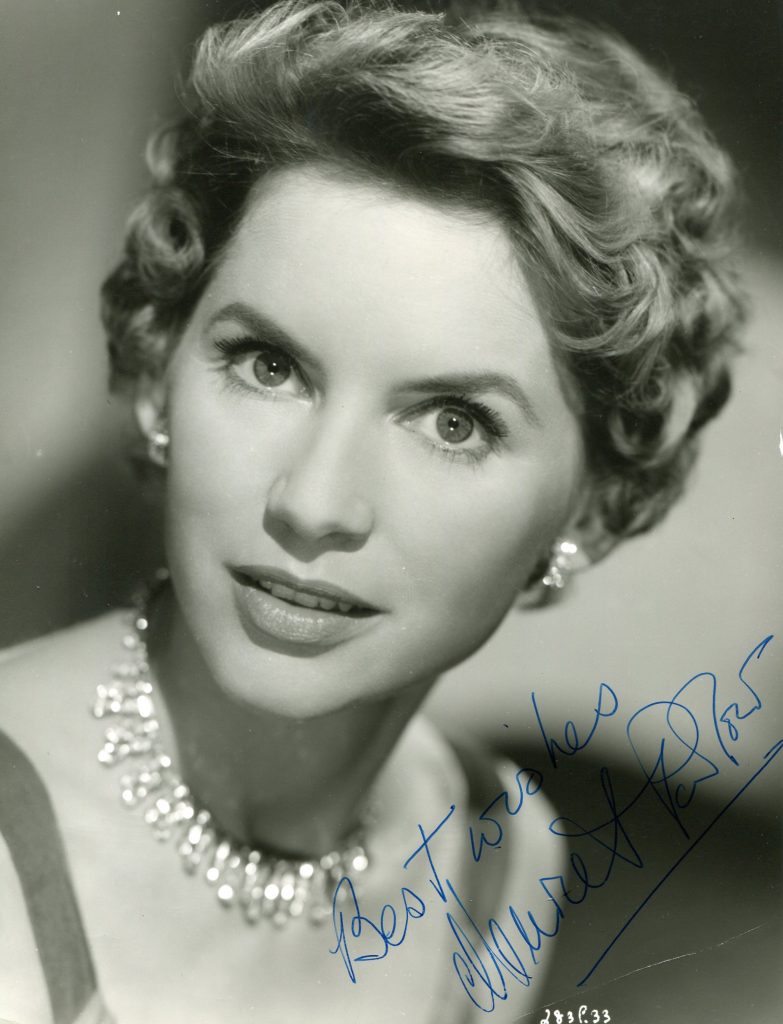
Although her father was a Russian émigré and her mother was Swiss-French, Muriel Pavlow, who has died aged 97, will be remembered as a quintessential British heroine on stage and screen. This meant being well spoken and standing by her man through thick and thin, particularly in the staid England of the 1950s. Not only did she fulfil these requirements admirably, but she established herself as a compelling presence.
As a J Arthur Rank contract player, Pavlow waited bravely for pilots Alec Guinness in Malta Story (1953) and Kenneth More in Reach for the Sky (1956) to return safely from missions during the second world war, and was the steadfast nurse who loves accident-prone Simon Sparrow (Dirk Bogarde), the medical student in Doctor in the House (1954) – the first in the popular series – and Doctor at Large (1957). In the theatre, Pavlow was generally a “nice gel” in well-made West End productions, often touring the UK and beyond.
Muriel was born in Lewisham, south-east London, to Boris Pavlov, a salesman, and his wife, Germaine. They changed their name to Pavlow to sound more British. She grew up in Rickmansworth, Hertfordshire, and went to school locally. She started acting at an early age and her first, brief, film appearance came at the age of 13 in the Gracie Fields morale-boosting musical Sing As We Go! (1934). Having co-starred three years later in Hansel and Gretel, a pioneer BBC television broadcast, she was able to claim, when in her 90s, that she had made the earliest TV appearance of anyone living.
This was followed by her being cast as a young girl in Dodie Smith’s Dear Octopus (1938), with John Gielgud and Marie Tempest at the Queen’s theatre, London. “I was 17 or 18 and still playing children,” Pavlow recalled. “I was afraid I was going to play children for the rest of my career, until John Gielgud said to me while we were waiting in the wings, ‘I read a very good play today by John Van Druten and I said to Binkie [Beaumont, the theatre impresario], “You ought to cast Muriel as the girl.” It’s all right, it’s not a child, it’s an ingenue role!’”



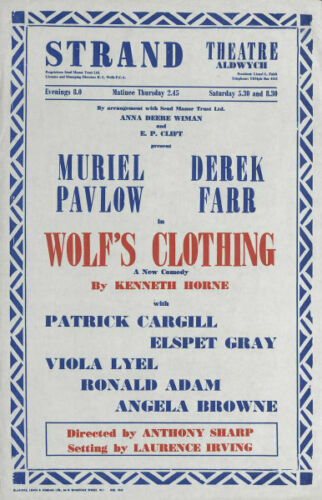


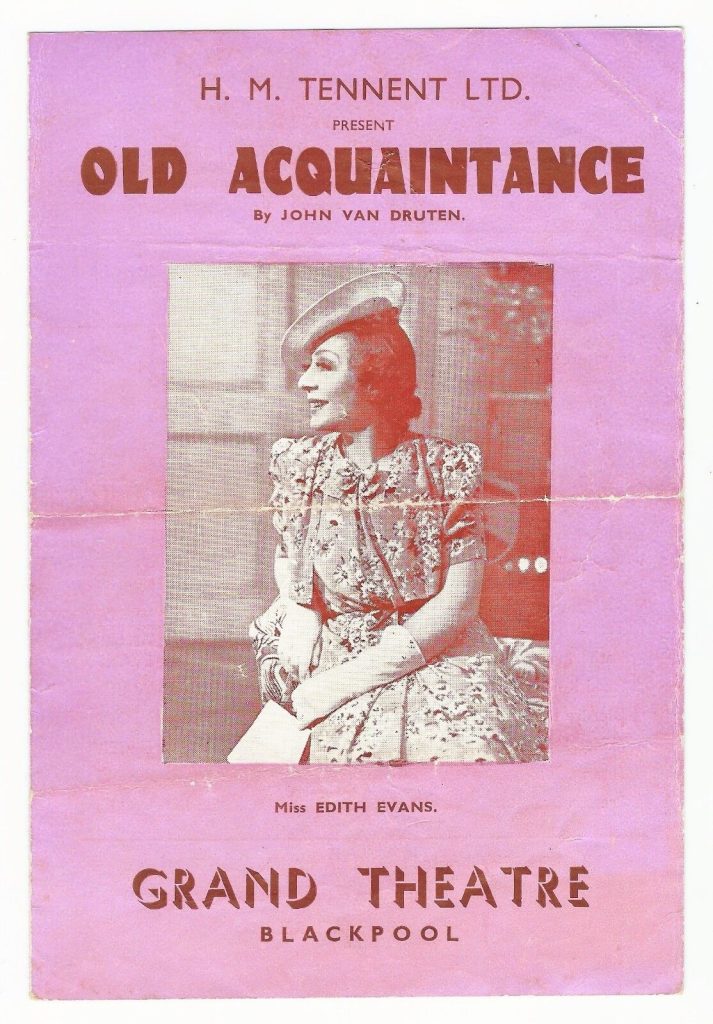
The play was Old Acquaintance (1941), starring Edith Evans, at the Apollo. The Spectator critic at the time wrote: “This magnificent woman [Evans] is supported by a cast which has apparently been specially selected to stand up to her talent … A polished performance is given by Muriel Pavlow, who surmounts with astonishing skill even such lines as ‘God! How I dislike sherry!’”
While appearing in the play in the evenings, Pavlow was shooting Quiet Wedding (1941) during the day. However, the role in the latter was a small one, as a teenage bridesmaid. Directed by Anthony Asquith, the romantic comedy starred Margaret Lockwood and Derek Farr, whom Pavlow married in 1947, and with whom she often starred.
She had to wait until after the war, during which she joined the Wrens, to play adult roles. Her postwar career began with Terence Rattigan’s drawing-room comedy While the Sun Shines (1945), opposite Hubert Greggat the Globe, and in the spy film Night Train to Dublin (1946), as an Austrian helping secret agent Robert Newton track down a Nazi spy. Although, for purposes of the plot, they go through a mock marriage and share a flat, their relationship is rigorously chaste until the happy ending.
In 1947, after playing Ophelia to John Byron’s Hamlet on TV, Pavlow appeared as the sweet, musical daughter of shady antiques dealer Oscar Homolka in the blackmail thriller The Shop at Sly Corner. With Farr as her fiance, Pavlow had nothing much more to do than pretend to play the violin in long shot.

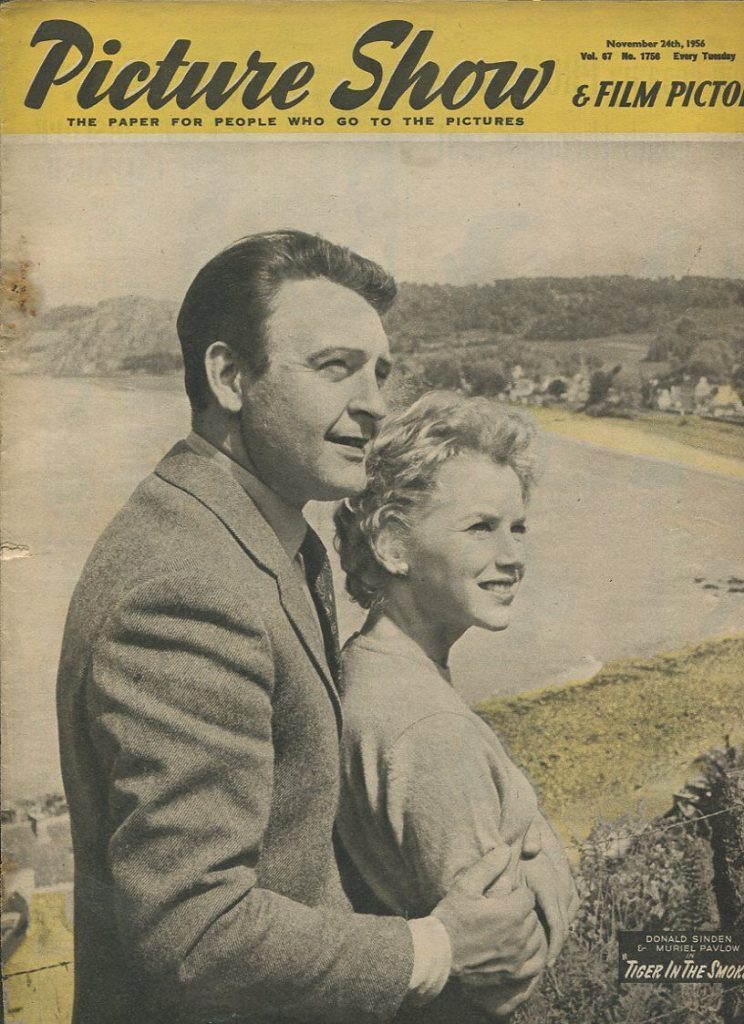


It was only in the 50s, with her Rank contract, that Pavlow’s film career blossomed with It Started in Paradise (1952), a piece of Technicolor froth about rival dress designers, which gave new meaning to the word “catwalk”. But, according to the New York Times critic, in contrast to the scheming Jane Hylton, “pretty Miss Pavlow is as straight and as neat as a well-stitched seam”.
Her next leading role was as a Maltese girl, working in the British war operations room, in love with Guinness’s RAF pilot in Malta Story (1953). Her hair darker than usual, and with what passed for a Maltese accent, she managed to reveal more emotion than hitherto.
More to Pavlow’s satisfaction was her sojourn with the Shakespeare Memorial theatre at Stratford-upon-Avon for the well-received 1954 season during which she played Cressida to Laurence Harvey’s Troilus in Glen Byam Shaw’s production, as well as Titania in A Midsummer Night’s Dream, and Bianca in both The Taming of the Shrew and Othello.
Then it was back to British pictures with Doctor in the House. “It was my first experience of being in a smash-hit movie, and it was a very sweet experience,” Pavlow remembered. At the end of Doctor at Large, after three bungling amorous adventures, Bogarde seems to settle for Pavlow, now also a doctor.
She showed some fighting spirit and even some flesh in a bathing scene with her soldier boyfriend John Gregson in Conflict of Wings (1954), a likable sub-Ealing film about a rural Norfolk community which Pavlow leads in opposing the RAF’s plan to use a nearby bird sanctuary for target practice.
In the inspiring biopic Reach for the Sky (1956), Pavlow was Thelma, the supportive wife of the pilot Douglas Bader (Kenneth More). She meets him after he has had both his legs amputated, and is adapting to the artificial ones. One of the key scenes involves him taking a turn on the dance floor with her. Fearing he has been shot down by German aircraft, Thelma greets the news that he is alive and has been made a prisoner of war with: “I knew in my heart they’d never get him.”
In Rooney (1958), set in Dublin, Pavlow is a single woman secretly in love with a happy-go-lucky dustman (Gregson). She tells him: “I’m 28, but I feel 50.” Pavlow was actually 37 and nearing the end of her film career.
Having left Rank, Pavlow appeared in Murder She Said (1961), the first of four Miss Marple whodunnits starring Margaret Rutherford. In it, Pavlow played dictatorial James Robertson Justice’s long-suffering daughter. It was to be her last film, apart for her cameo in Stephen Poliakoff’s starry Glorious 39 (2009).
She and Farr had a long and happy marriage until his death in 1986. After this, she was semi-retired, occasionally popping up in television series such as The Bill (1993), The Rector’s Wife (1994) and House of Cards (1995).
She is survived by three nieces and two nephews.
• Muriel Lilian Pavlow, actor, born 27 June 1921; died 19 January 2019


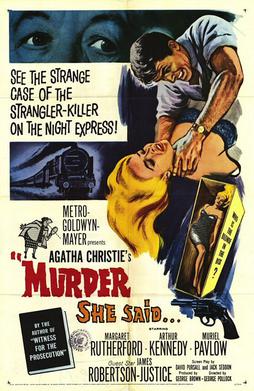



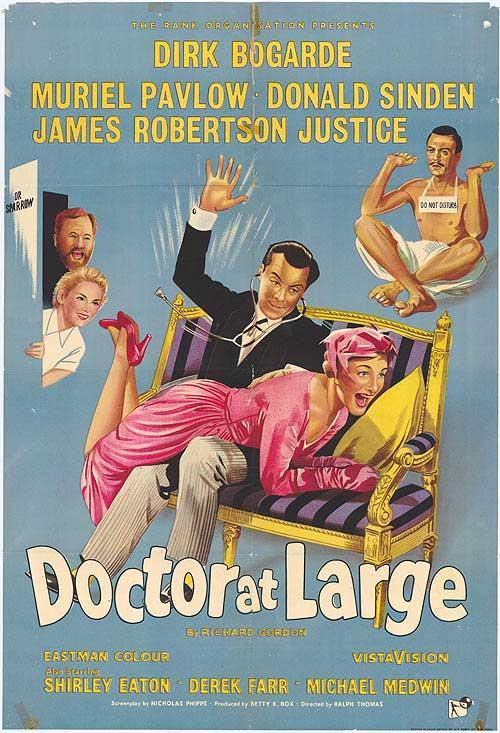



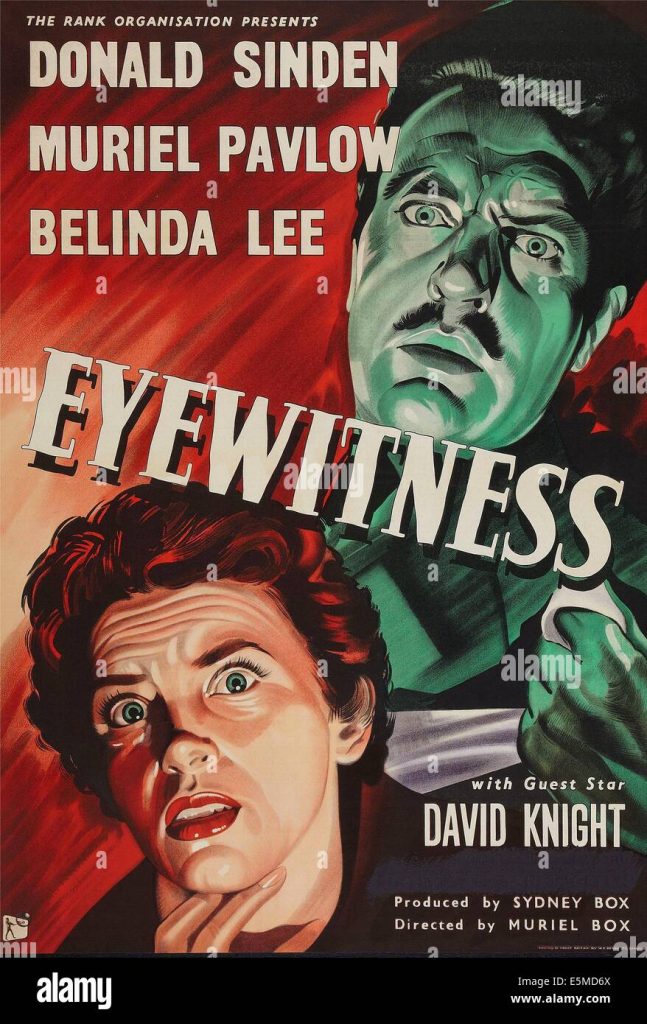

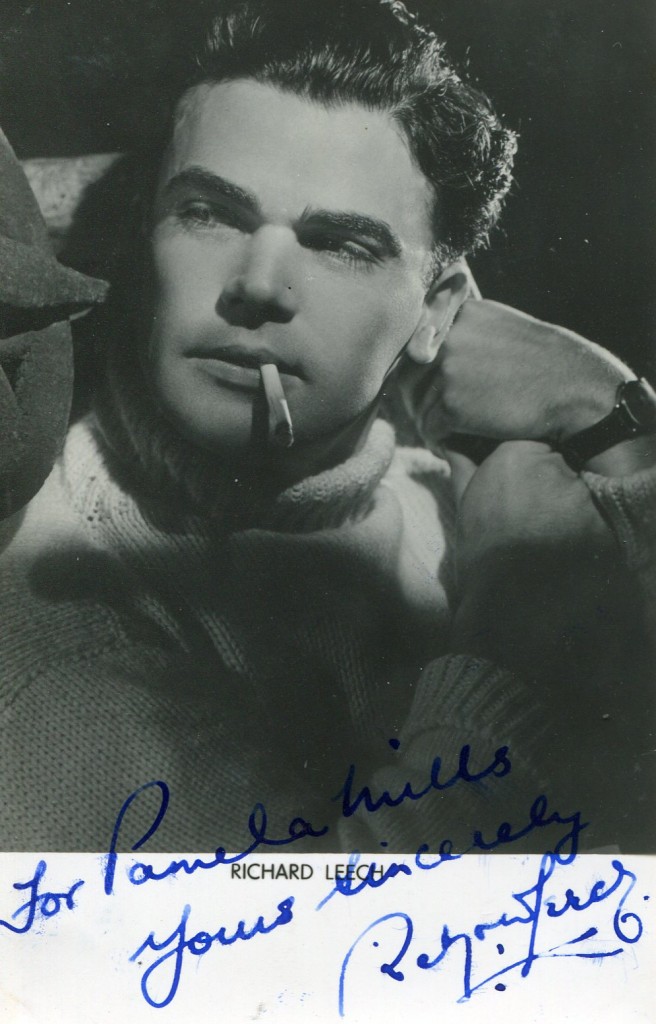
Richard Leech was born in Dublin in 1922. He studied at Trinity College, Dublin, qualifying as a doctor in 1945. He then turned to acting as a career. Virtually all his career was in British film and television. Among his films are “The Dambusters” in 1955, “Night of the Demon” with other Irish actors, Peggy Cummins and Niall MacGinnis, “The Moonraker” in 1957 and “The Shooting Party” in 1985. Richard Leech died in 2004 in London at the age of 81.
Richard Leech’s “Guardian” obituary:
Richard Leech, who has died aged 81, practised as a doctor in Dublin for a year before deciding to try his luck as an actor. He never looked back – within two seasons he was a leading man on the West End stage.
His embodiment of military officers, police inspectors and, inevitably, doctors, not to speak of monarchs, politicians, conspirators, courtiers, butlers and philanderers, established Leech’s career on stage and screen as one of the most intelligent and cultivated character actors of the postwar generation.
With his sturdy build, snub nose, crinkly hair and intense gaze, Leech was not only a useful all-round player, but also one whose clarity of speech made him audible in the largest auditorium. At a time when stage diction was in decline, this was an asset.
So was his assumption of transatlantic accents. He was not the first Irishman whose voice could reproduce a transatlantic note with authenticity. It served him well in his first two plays for HM Tennent Ltd, London’s most influential management, in the British premieres of Arthur Miller’s All My Sons (1948) and John van Druten’s The Damask Cheek (1949).
Leech’s most notable West End performances ranged from the title-role in Captain Brassbound’s Conversion (1948) to Dr Emerson in Whose Life Is It Anyway? (1978-79). His numerous film credits included The Dam Busters, A Night To Remember, Ice Cold In Alex, Young Winston, Gandhi and The Shooting Party, and he appeared on television in Jane Eyre, David Copperfield, A Woman Of Substance, Dickens Of London, Edward VII, Occupations, Brassneck, and as Inspector Duval in Interpol Calling. From 1969 to 1971 he was one of the four GPs in the BBC’s twice-weekly drama serial The Doctors.
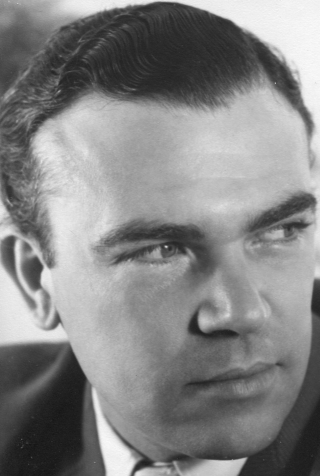
Born Richard McLelland in Dublin and educated at Haileybury College, Hertfordshire, and Trinity College, Dublin, he was intended for medicine. Having obtained three medical degrees, in 1945 he practised successfully in Dublin for a year. At 20 he began working semi-professionally at the Gate, Dublin, under its directors Michéal MacLiammóir and Hilton Edwards, for whom he made his debut as a Nubian slave in The Vineyard. He made his first appearance in London in 1946 with an Irish company in three plays at the Glanville, Walham Green, south-west London: Robert Collis’s drama, Marrowbone Lane, in which he played several small parts, including a surgeon; then in The White-Headed Boy and Drama At Inish.
In 1947, Leech spent a year with a repertory company in Hereford before being put under contract by a London management company. His first role was in an Irish country house play, Elizabeth Bowen and John Perry’s Castle Anna; and in Arthur Miller’s first work to reach the West End, All My Sons, in which he played Chris Keller, the surviving brother in a family headed by a parent responsible for the faulty design of wartime aircraft.
Leech’s voice came into its own in 1948, when he partnered Flora Robson in Shaw’s Captain Brasshound’s Conversion. As a philanderer in The Damask Cheek (1949), Leech was, according to Harold Hobson, “good in the honest ruggedness of a factory hand and farmer”.
Later that season, Leech won more plaudits as the somewhat pompous Humphrey Devize in the West End premiere of Christopher Fry’s The Lady’s Not For Burning, in which he later transferred or the first time to Broadway. But in between he acted with Gladys Cooper in Thomas Browne’s The Hat Trick (1950); and on returning from New York played Robert Catesby in a try-out, Gunpowder, Treason and Plot (Ipswich, 1951).
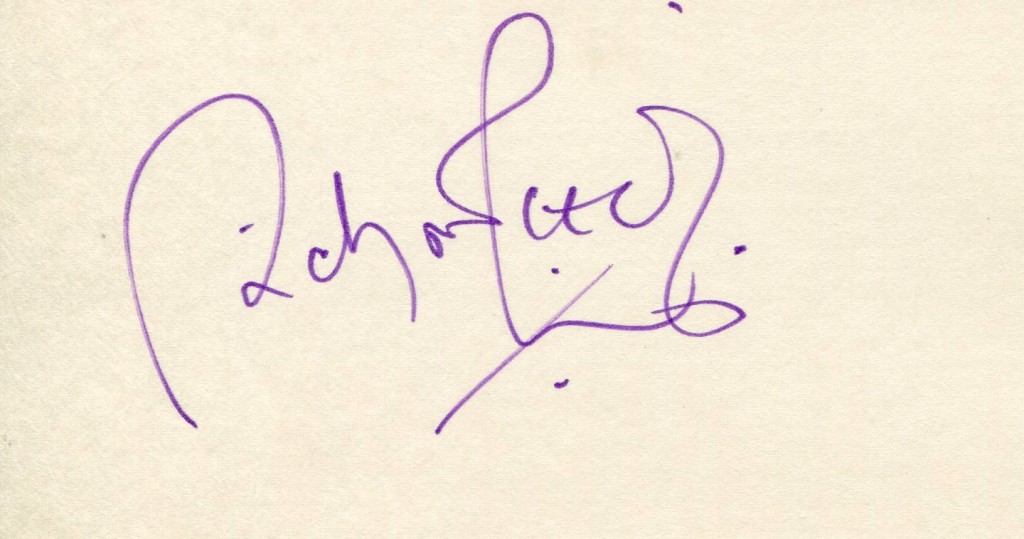
In Noël Coward’s Relative Values (1951), Leech played an all-knowing butler, who according to a critic, “talks like Shaw with the accents of Coward and rolls out the syllables as though the part were entirely new: indeed he and Coward between them make us believe that it is”.
Back in the West End in 1954, Leech appeared in Jack Roffey’s No Other Verdict as a man wrongfully accused of murder; and in Charlotte Hastings’s Uncertain Joy (1955), he was the cruel father of a problem child befriended by a schoolmaster.
One of his best remembered roles came as Henry VIII in the premiere of Robert Bolt’s A Man For All Seasons (1960). In another long run, The Right Honourable Gentleman (1964-65), Leech first played the husband of a woman who accused the statesman Sir Charles Dilke of adultery; and when Anthony Quayle left the cast, Leech took over the lead from him. He was a friend of Alec Guinness, and returned to the West End in 1968 in Guinness’s revival of TS Eliot’s The Cocktail Party.
Leech was never able to forget his days as a doctor, and in 1968 resumed his association with the medical world by becoming a regular columnist in the periodical World Medicine. His articles were headed Doctor In The Wings.
Leech’s first wife Helen Hyslop Uttley predeceased him. He is survived by his second wife, Margaret, and his actress daughter, Eliza.
· Richard Leeper McLelland (Leech), actor, born November 24 1922; died March 24 2004
His Guardian obituary can be accessed here.
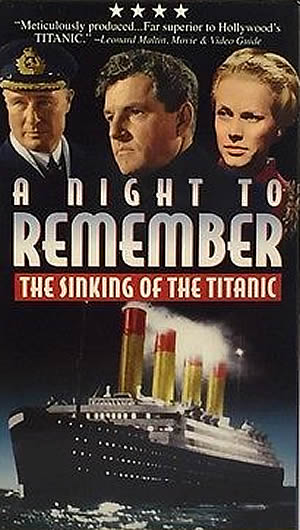
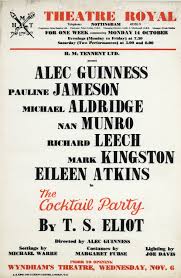
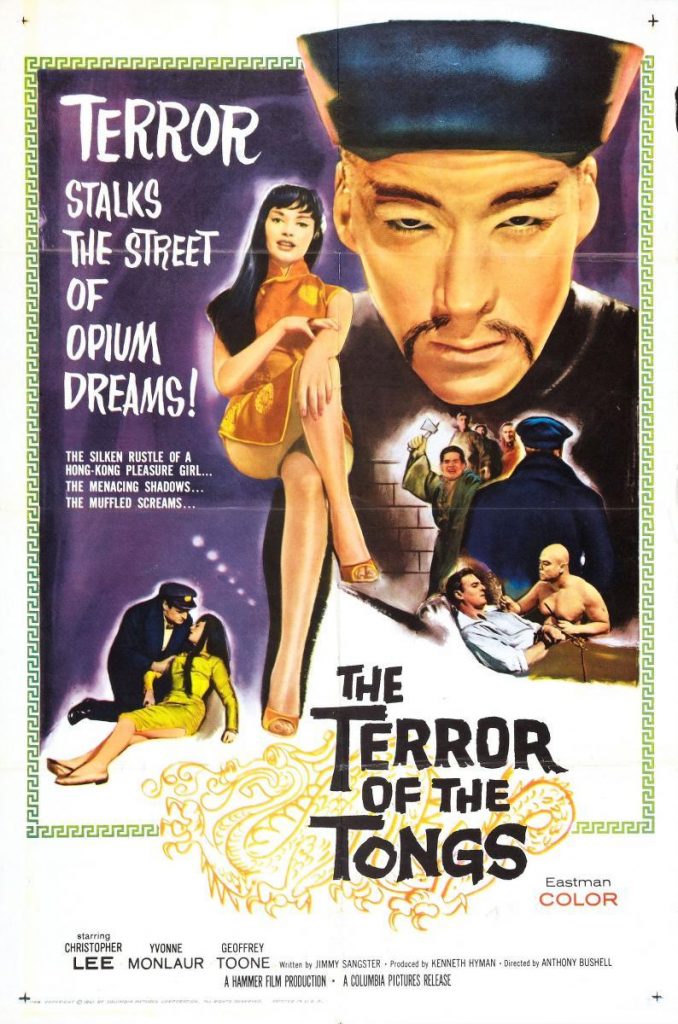
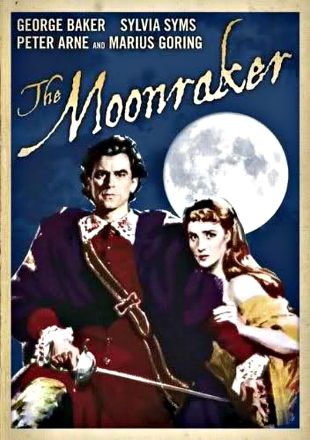
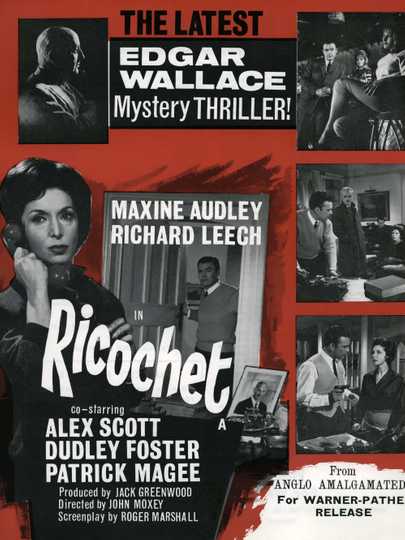
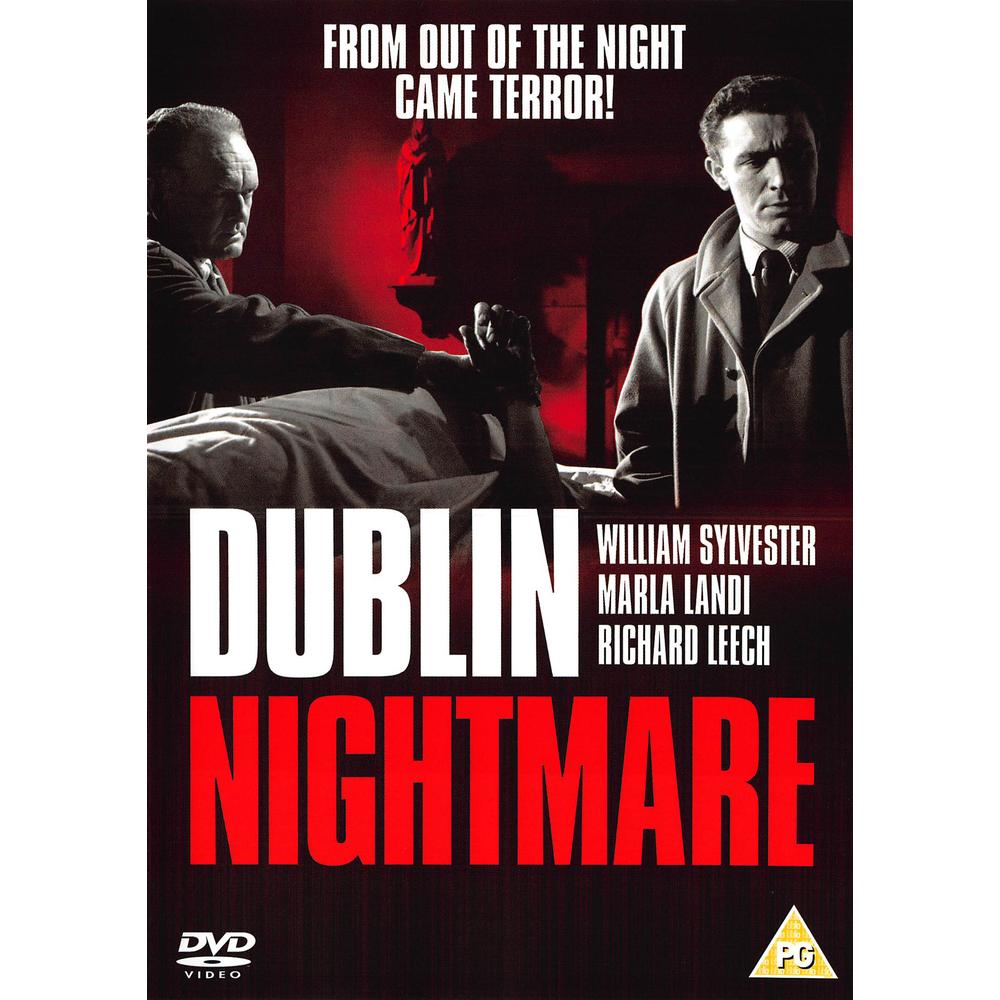
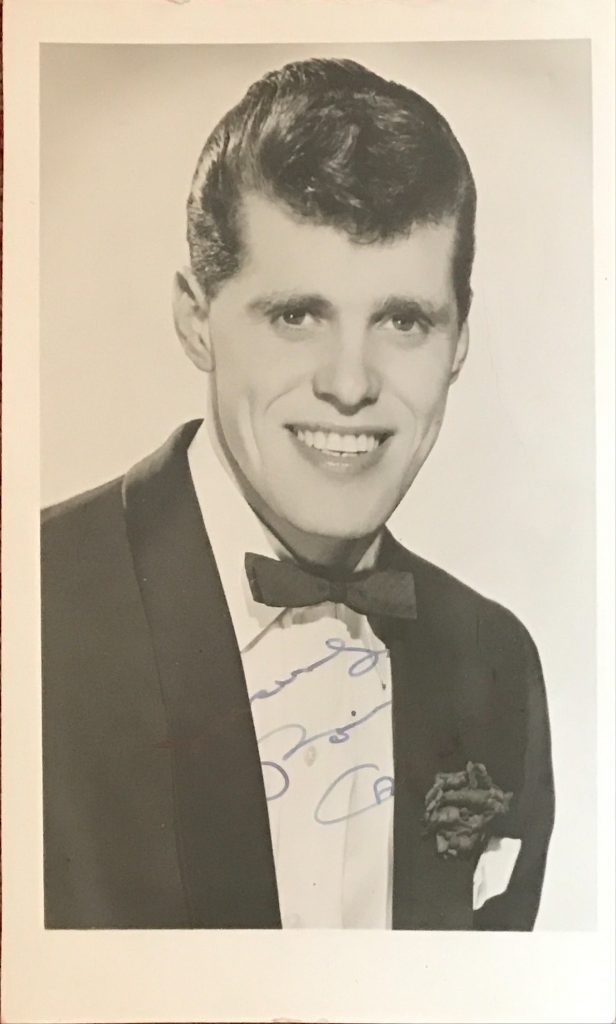
Ronnie Carroll was born in 1934 in Belfast. He sang for the U.K. in the 1963 Eurovision Contest with the song “Say Wonderful Things”. The same year he was featured in the film “Blind Corner”.
“Telegraph” obituary:
Ronnie Carroll, who has died aged 80, was a Belfast-born plumber’s son who became the only singer to represent Britain in the Eurovision Song Contest twice in a row; in later life he stood as a fringe candidate in several general and by-elections, during which he begged voters not to put a cross against his name in a bid to enter the Guinness Book of Records. Carroll first represented Great Britain and Northern Ireland in the Eurovision Song Contest in 1962. His jaunty entry, Ring-A-Ding Girl ( “Ring-ding-a-ding-a-ding Ding-ding / She’s my ring-a-ding girl”) was not quite ludicrous enough to win the competition, though it came a creditable fourth out of 16. The following year he returned with the slightly better Say Wonderful Things but still managed to come fourth.
The first song only reached No 46 in the British pop charts, though the latter made No 6, and Carroll had one more hit, Roses are Red, which peaked at No 3 in 1962. But then, for all but the most dedicated Carroll fans, the trail went cold. After his showbiz career ended, a nightclub venture in Grenada, and drinking and gambling habits, combined to ruin him. At one point Carroll was reduced to running a hot food stall in Camden. He resurfaced as the Emerald Rainbow Islands Dream Ticket Party candidate for the 1997 Uxbridge by-election when, despite his determined efforts to score “nul points”, singing what he hoped would be a new hit single: “Don’t Vote for Me, Reg and Tina!”, 30 spoilsports put their cross against his name. “There’s nothing more demoralising than aiming low and missing,” he reflected.
He was born Ronnie Cleghorn on August 18 1934 in Roslyn Street, East Belfast, and first hit the big time when he won a “Hollywood doubles” competition at the Belfast Hippodrome, after switching from impersonating Frank Sinatra to the gravel-voiced Nat King Cole, fully blacked up, having contracted a bad chest infection. “I kept listening to Nat’s records until I got it right, and when I was introduced at the Hippodrome as Nat King Cole in the final, after doing Sinatra in the heat, it brought the house down,” he recalled. His success led to a place on the Hollywood Doubles touring stage show and in 1956 he had his first big hit with Walk Hand in Hand, which reached No 13 in the charts and earned him an appearance on the BBC programme Camera One. In 1959 he helped to launch the pop programme Oh Boy! with a 17-year-old Cliff Richard and Marty Wilde. By this time Carroll was something of a teen pop idol. “It might seem hard to believe,” he said in 2008, “but … screaming girls would climb on to trains as I was pulling into stations and they’d come in droves for me backstage. Droves. I had as much sex as any man could wish for.”
By the early 1960s he had married his first wife, the singer and actress Millicent Martin. But by the middle of the decade a youthful addiction to “pitch and toss” had developed into something more serious. On one occasion he flew to Las Vegas and blew £5,000 on the craps table in 20 minutes. “I walked out and had only enough for my cab fare,” he recalled. “I got back on a plane and flew to London. When I arrived home Millie said: ‘Did you have a good night?’ I replied: ‘Yes.’ ” The end of his marriage to Millicent Martin in the mid-1960s signalled the beginning of the end of his performing career . To console himself, Carroll hit the bottle.
When Sean Connery called round, he recalled, “I gave Sean a bottle of scotch and I had a bottle of vodka and after a few hours he said: ‘There’s a woman I fancy in Paris.’ But he couldn’t get off the floor so I phoned her and said: ‘Sean wonders whether you’d come over for a drink.’ Then I phoned a girl I liked, but she told me where to go.” After marrying his second wife, the Olympic runner June Paul, Carroll headed to the island of Grenada in 1972, to run a nightclub. But “there was a revolution in Grenada when we were there and we had sunk every penny we had into the nightclub,” he recalled. “There were no tourists left and we had no money to carry on.” Back in Britain Carroll continued to perform occasionally at holiday camps,ut eventually abandoned singing for a more profitable hot sausage stall at Camden Market. This he later combined with helping to run the Everyman Cinema and Jazz Club in Hampstead. When his second marriage ended, Carroll married and divorced a third wife, South African-born Glenda Kentridge.
His motivation for entering the political arena stemmed from a promise made to the raconteur and wit Peter Cook shortly before he died. “He told me: ‘Ronald, you must stand, promise me you will stand.’ Soon after that I thought, what have I done? Then he went and died on me. But a promise is a promise.” From 1997 he stood in several elections for “anti-politics” parties of various names, founded by the veteran environmental campaigner “Rainbow George” Weiss. In the 2005 general election he stood for the Vote For Yourself Rainbow Dream Ticket Party in Belfast, and released a “comeback” album, Back on Song, which he described as “a soup bowl of feelings I’ve had for women – and family and animals – going back decades”. He had been planning to stand as a candidate in next month’s general election in the marginal Hampstead & Kilburn constituency as the “Euro-visionary” candidate. In a quirk of electoral law his name will still appear on the ballot paper which means that he could, theoretically, still win on May 7. Ronnie Carroll is survived by three sons and a daughter.
The above “Telegraph” obituary can also be accessed online here.
Anyone who knows me are aware that I am a bit of a movie buff. Over the past few years I have been collecting signed photographs of my favourite actors. Since I like movies so much there are many actors whose work I like.